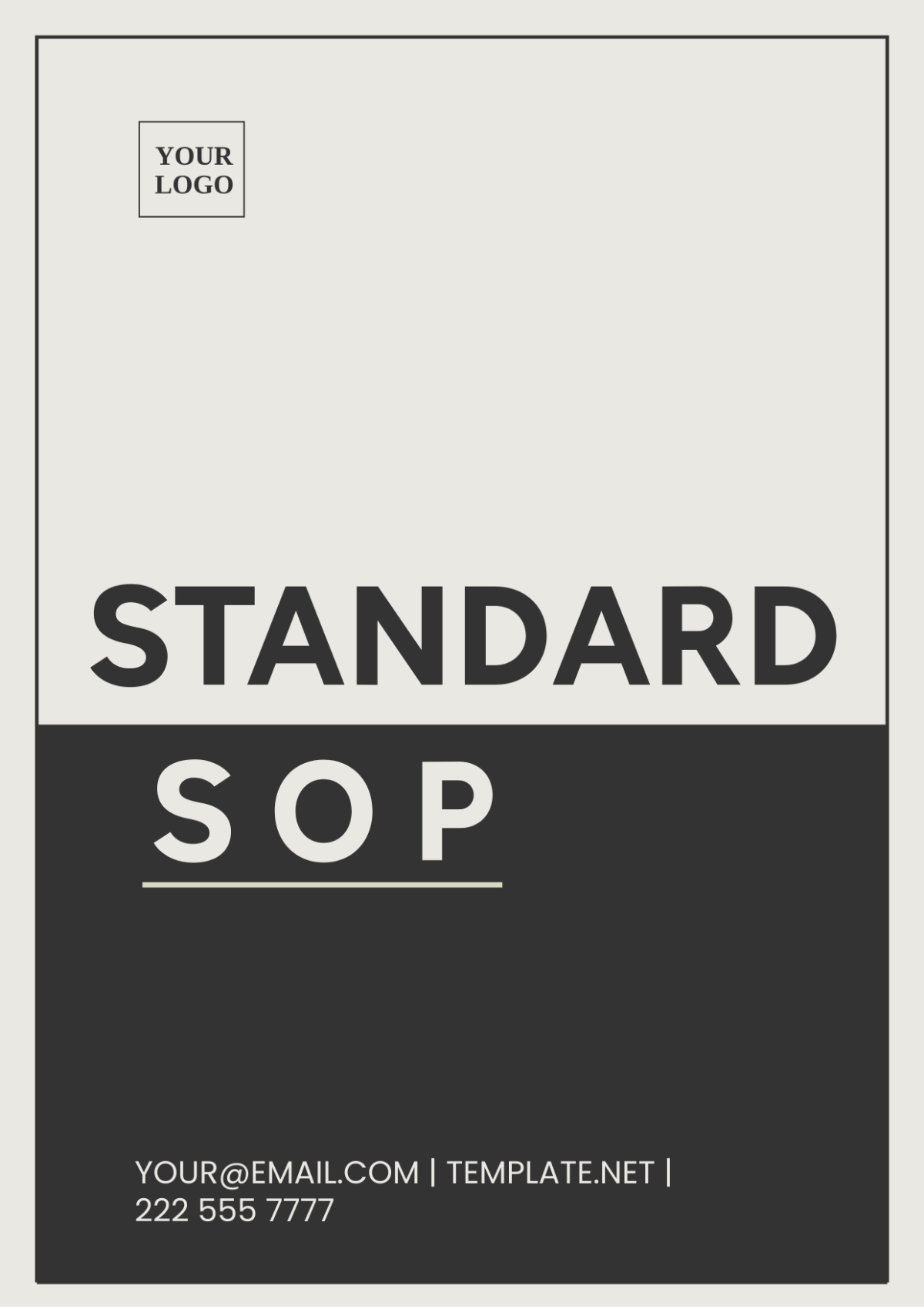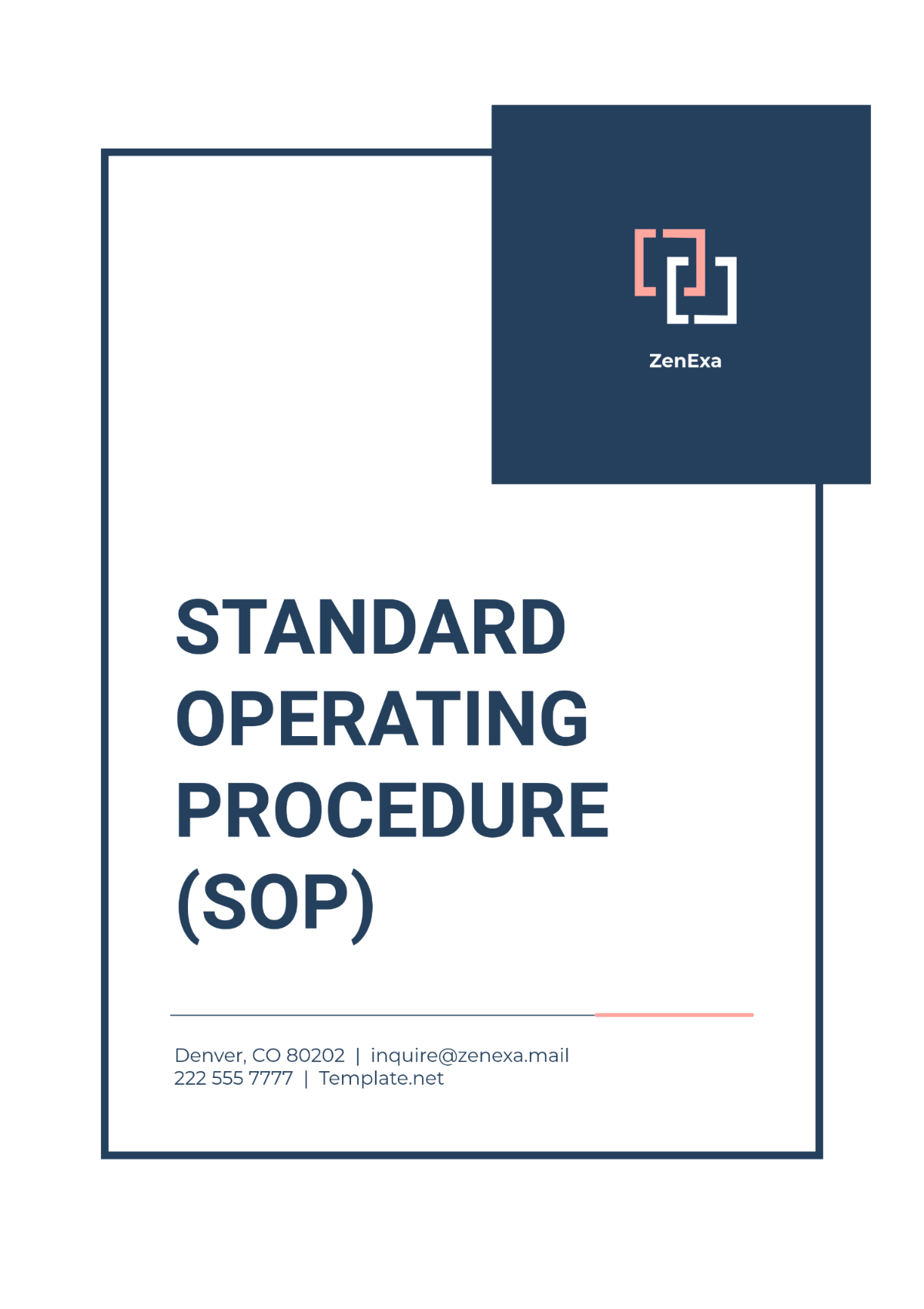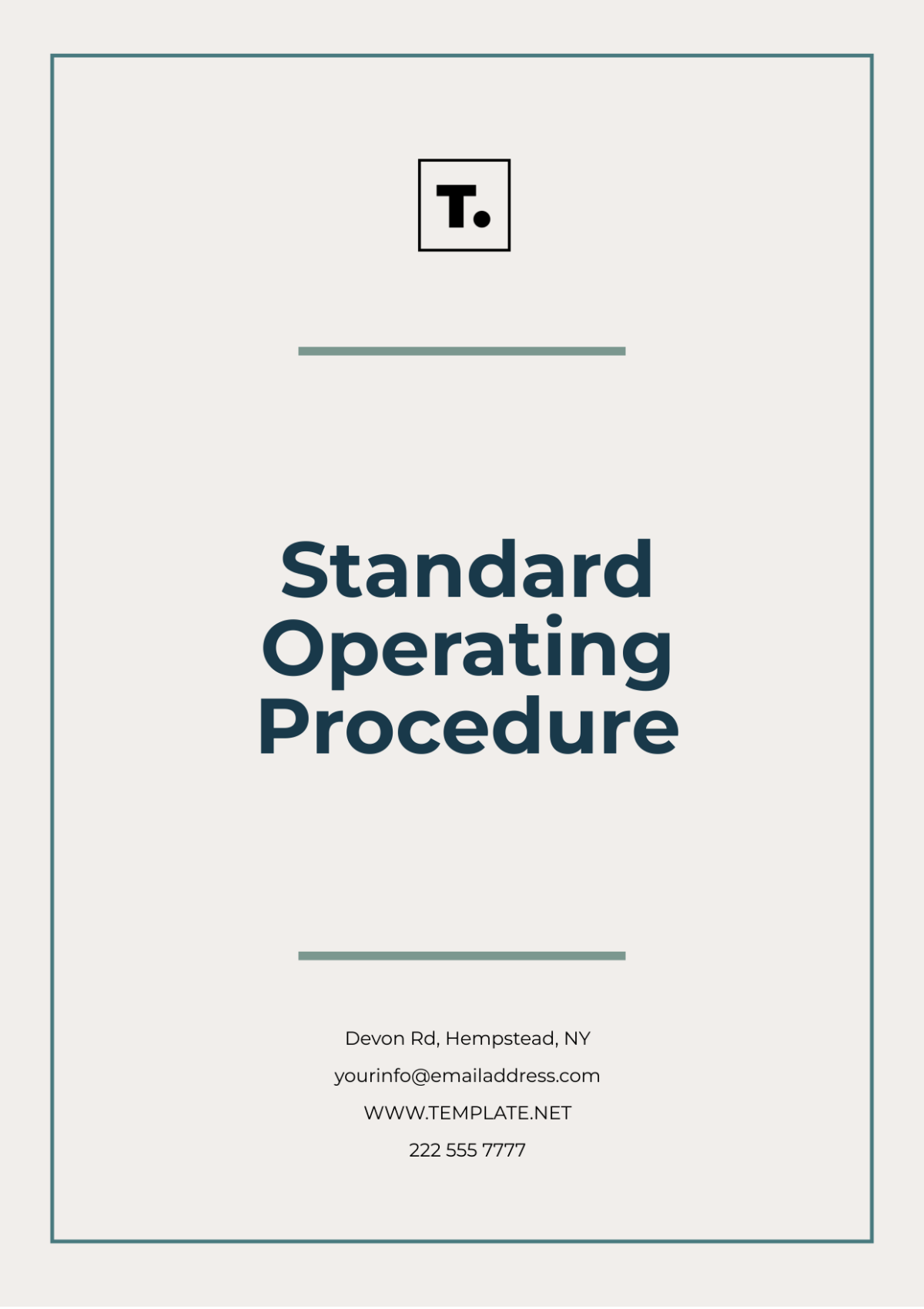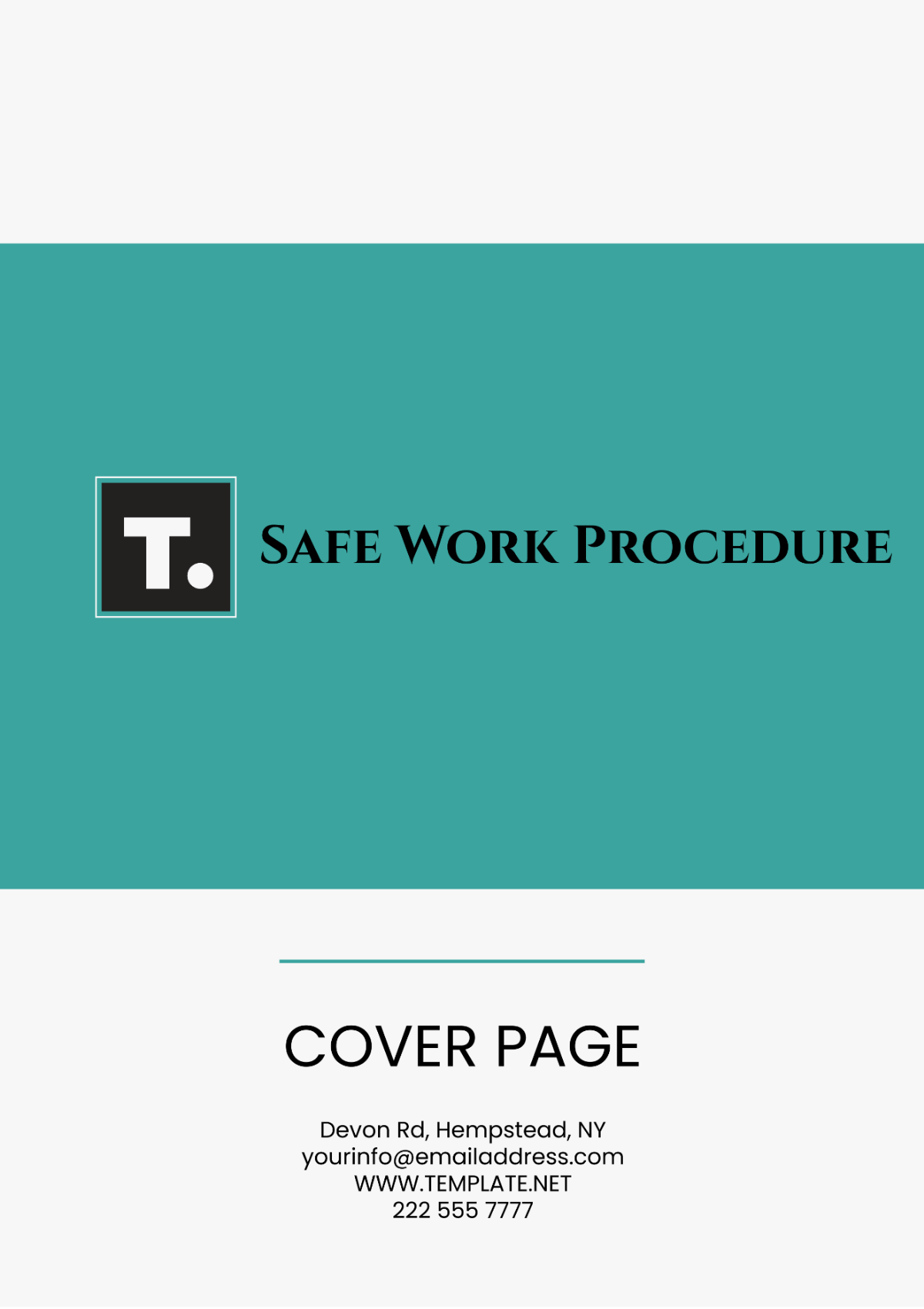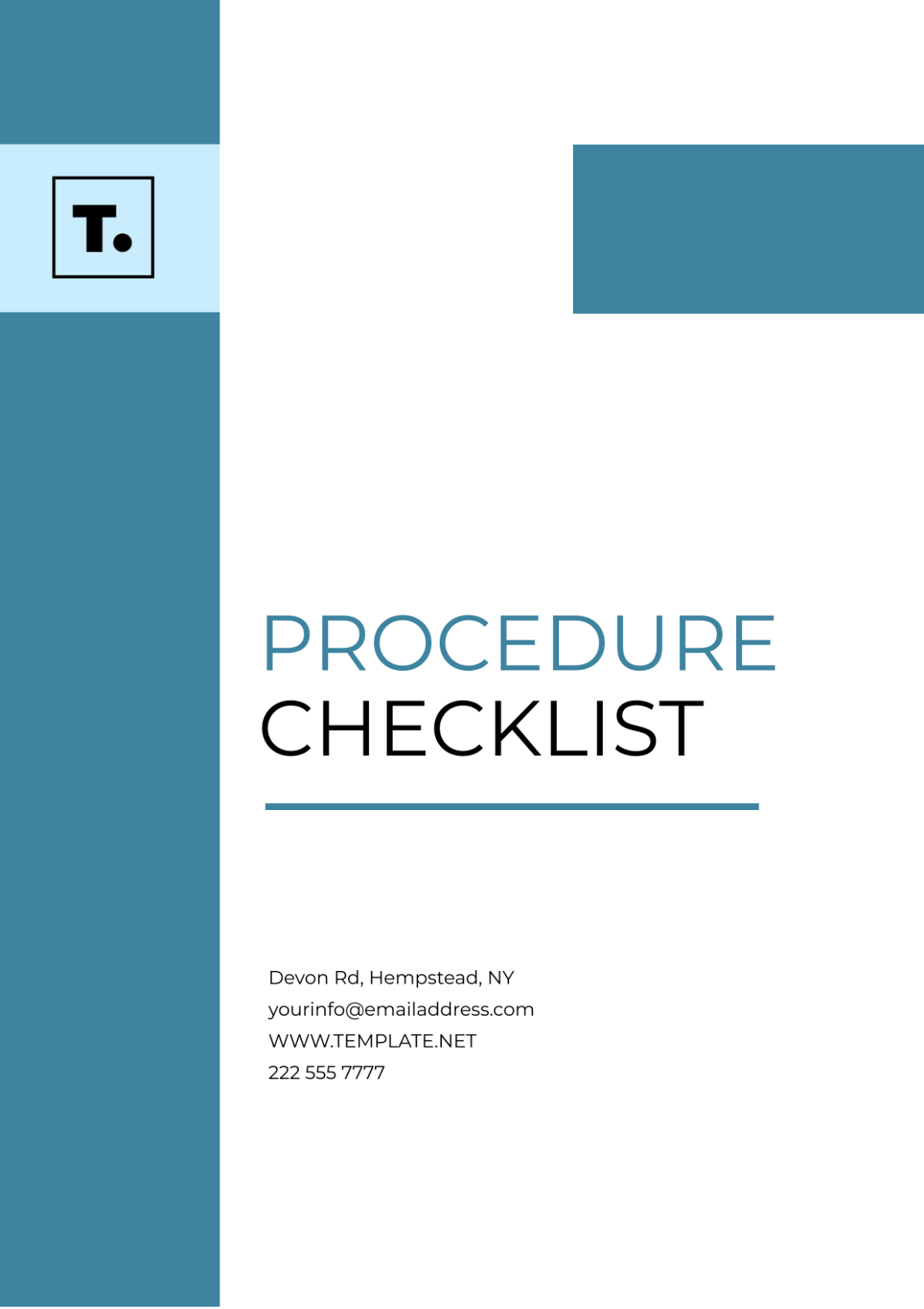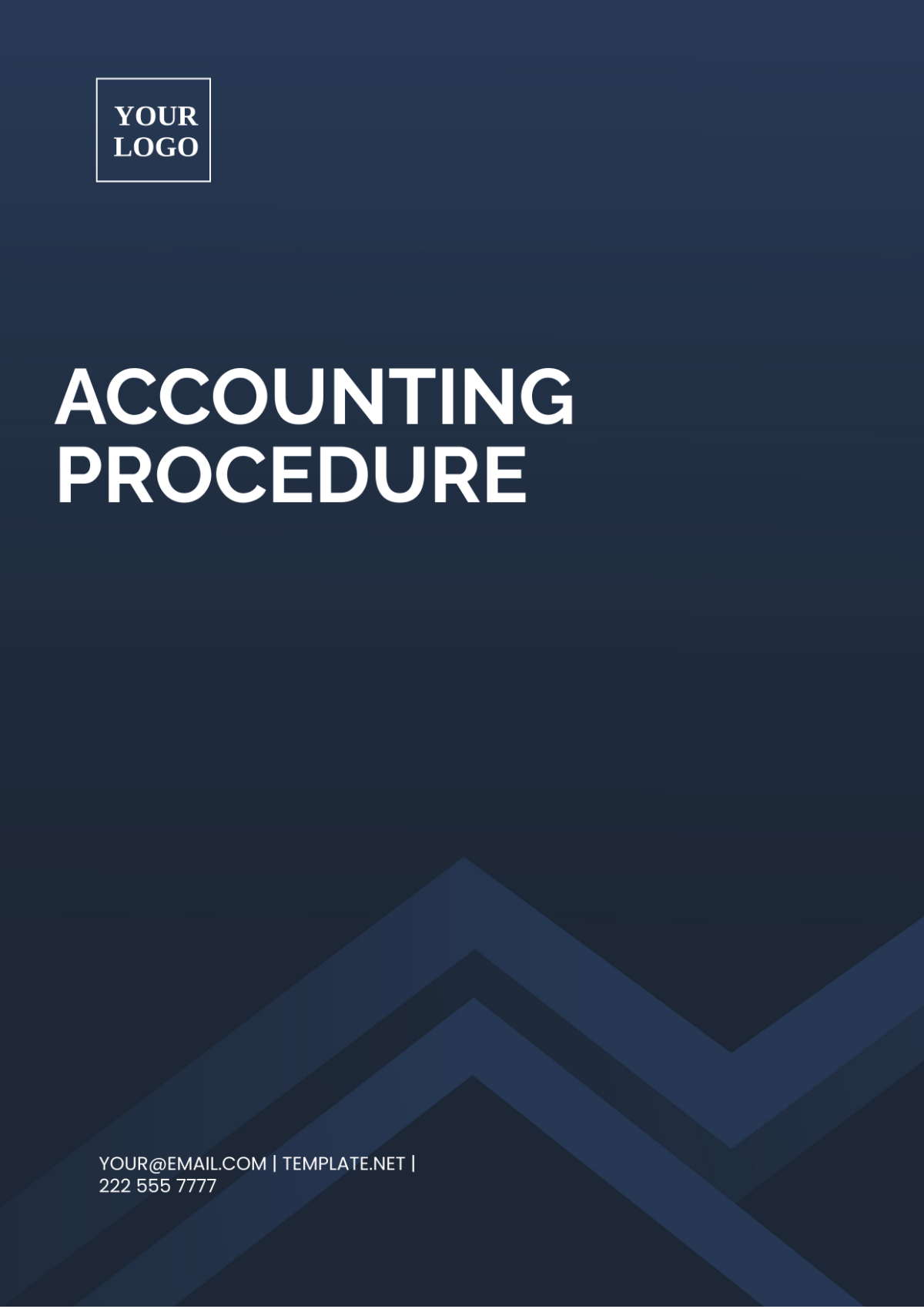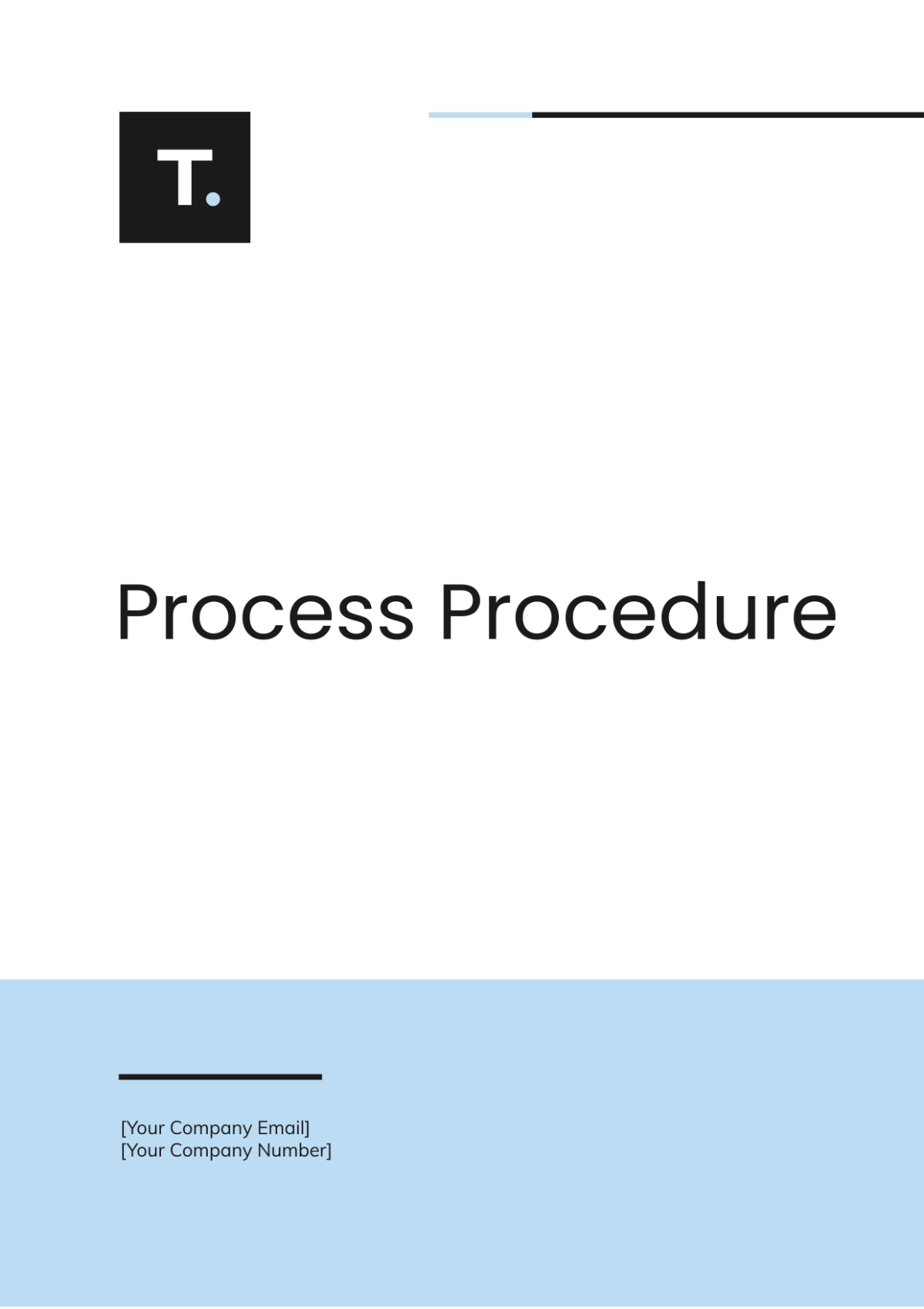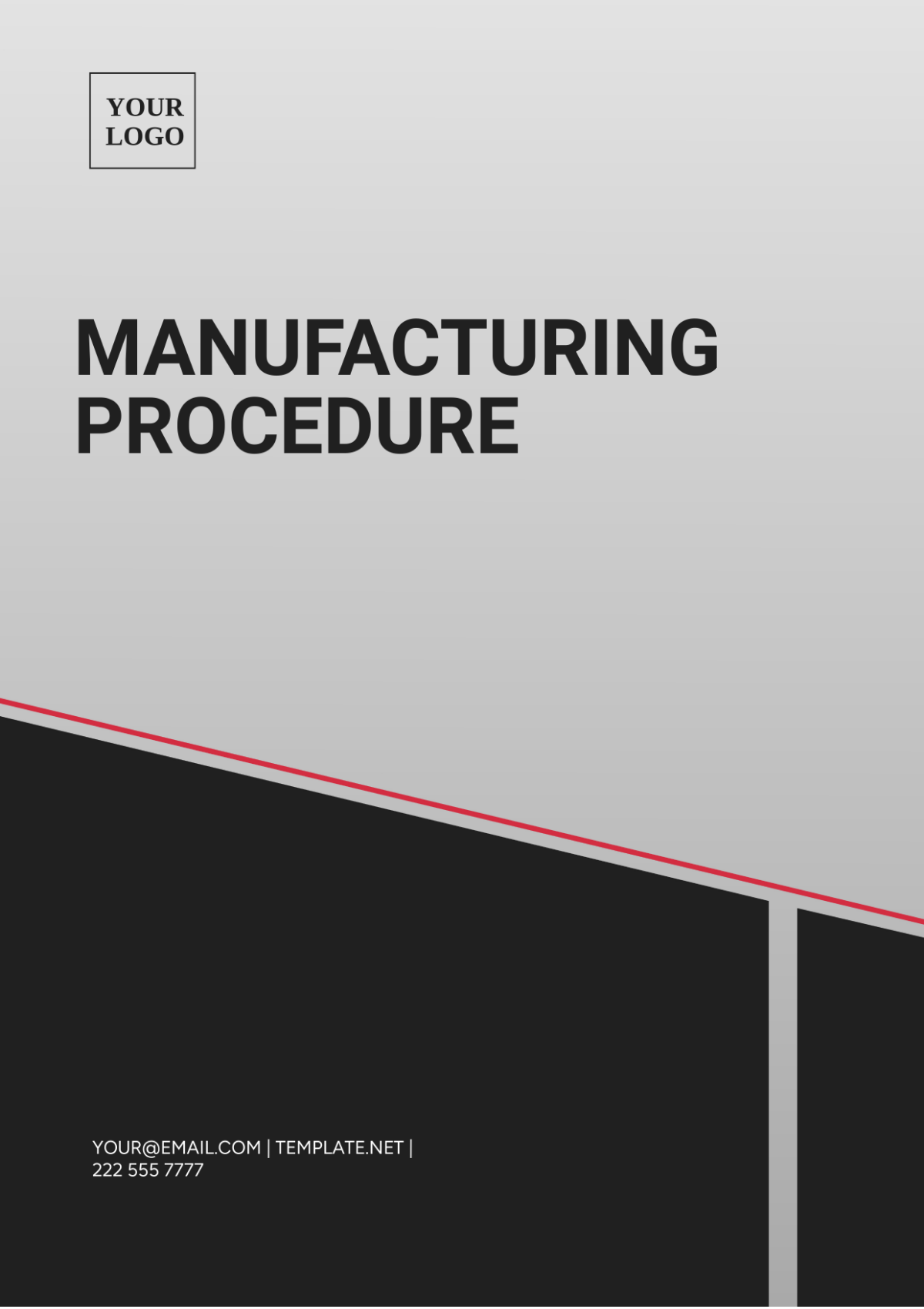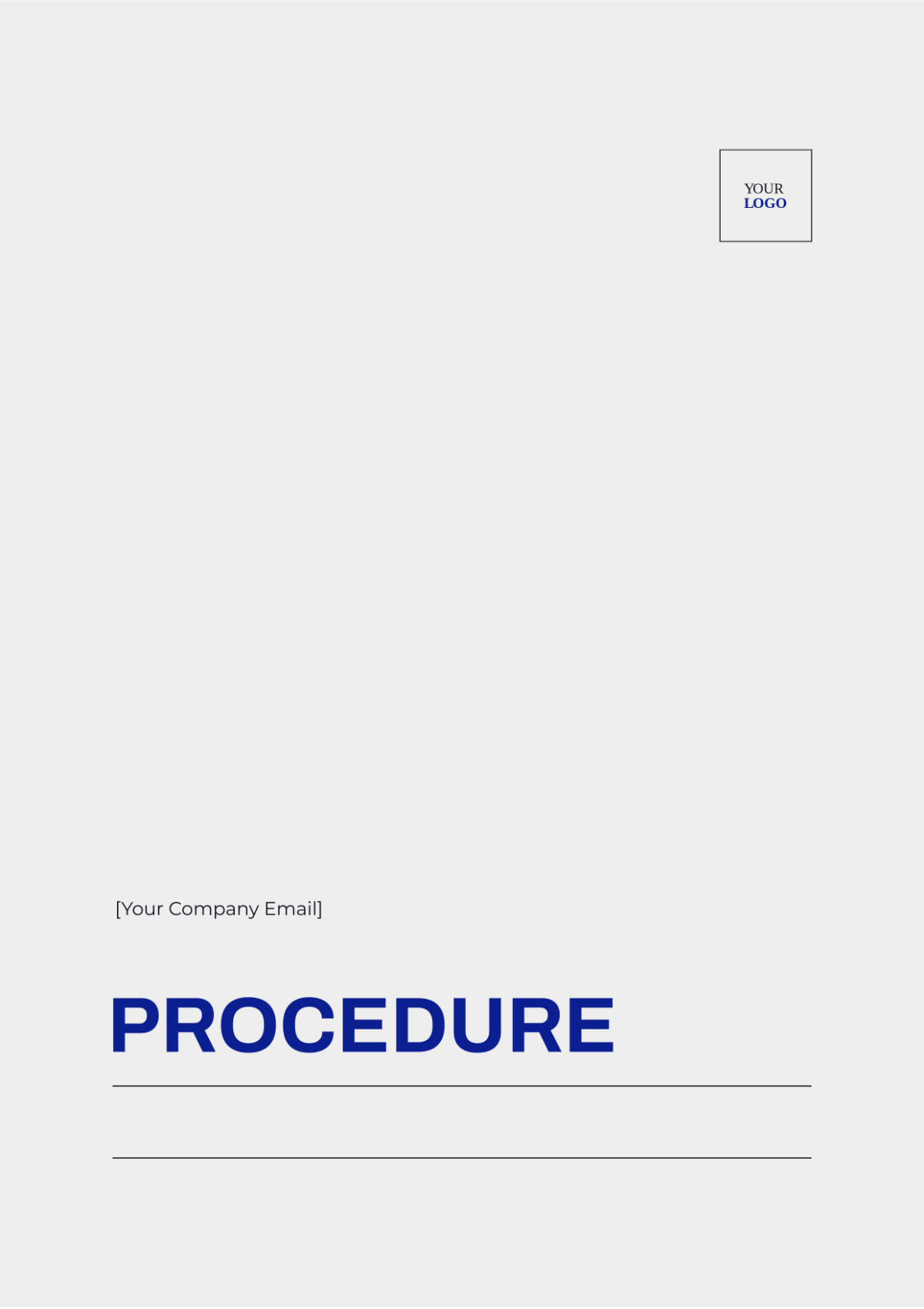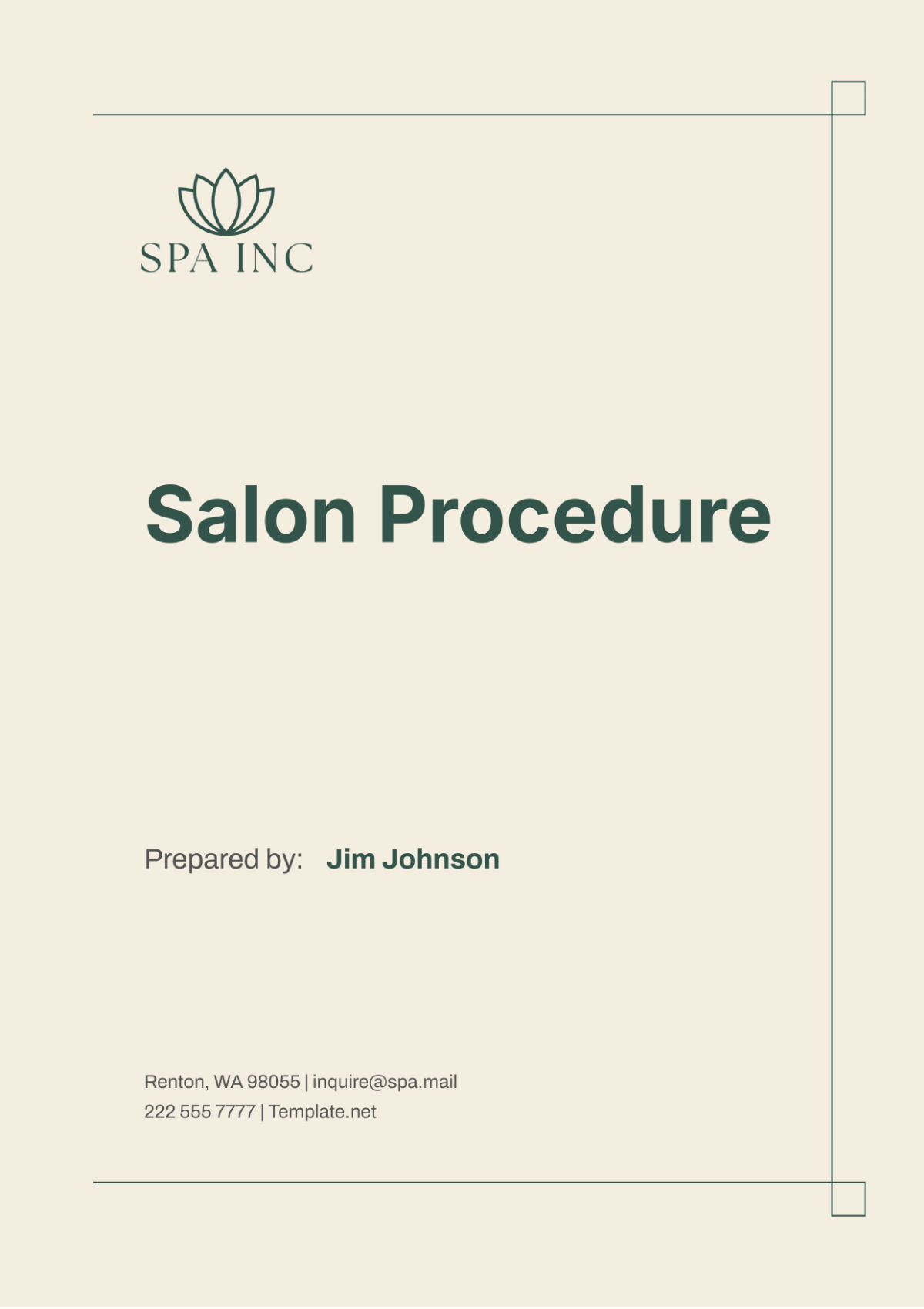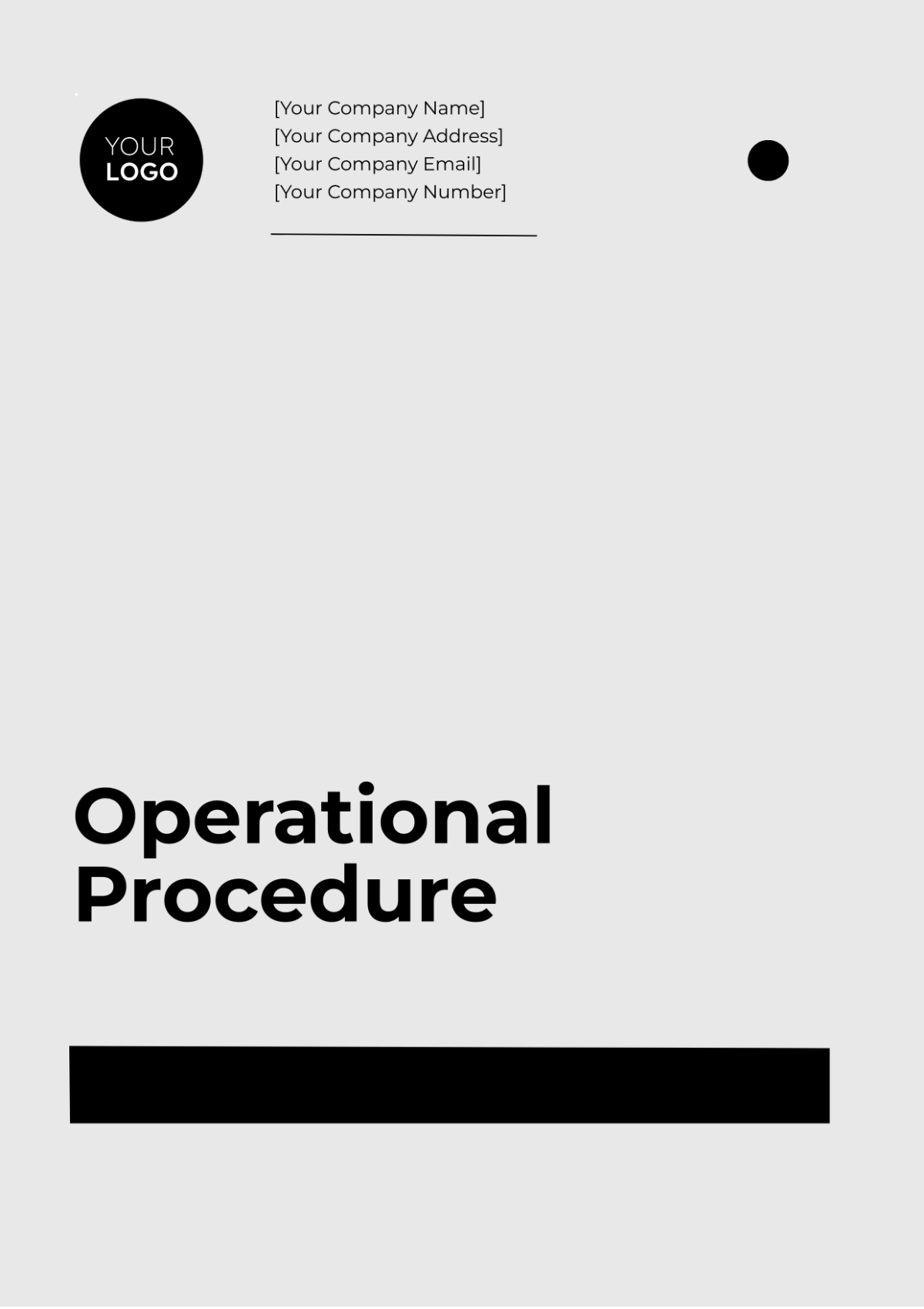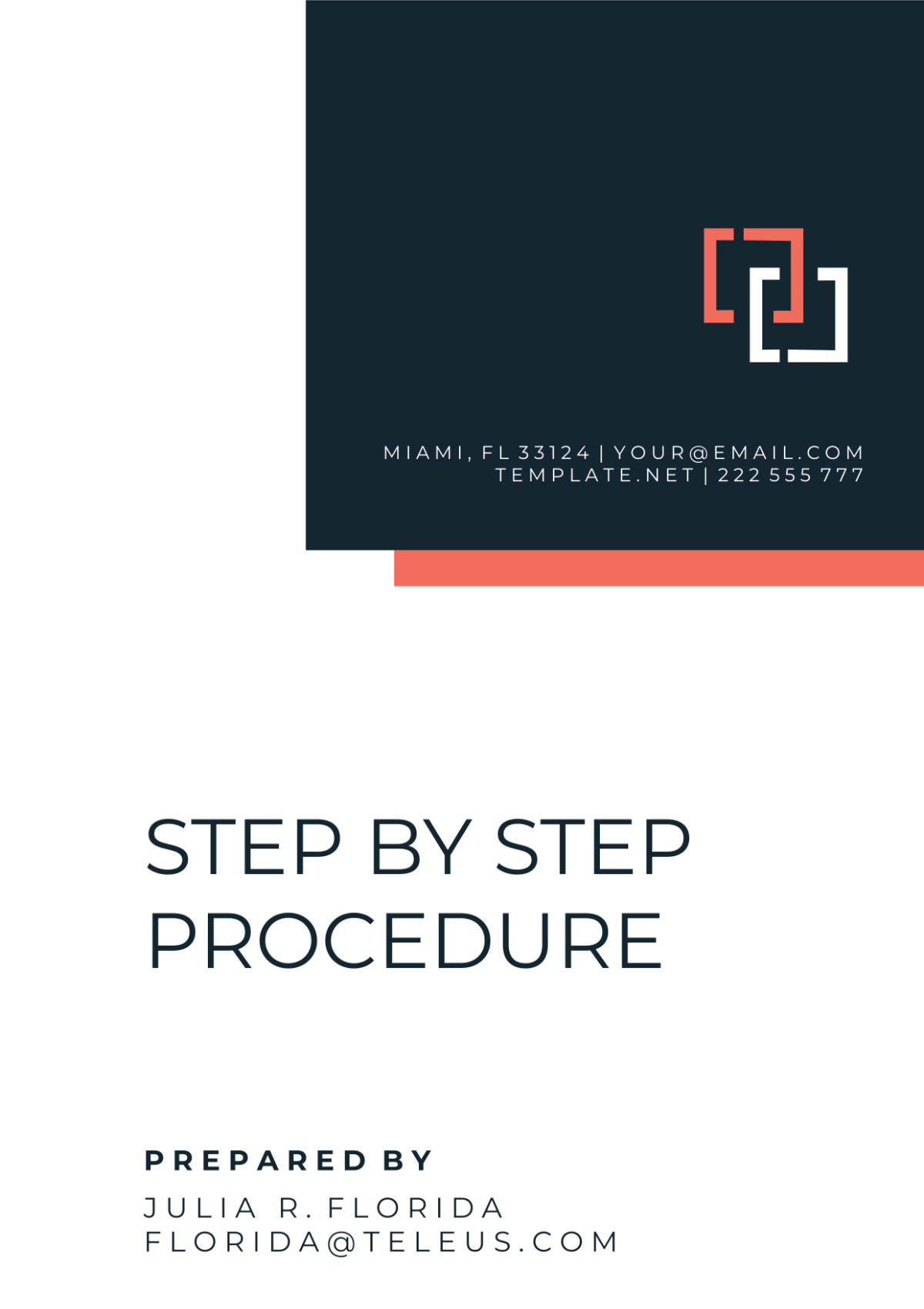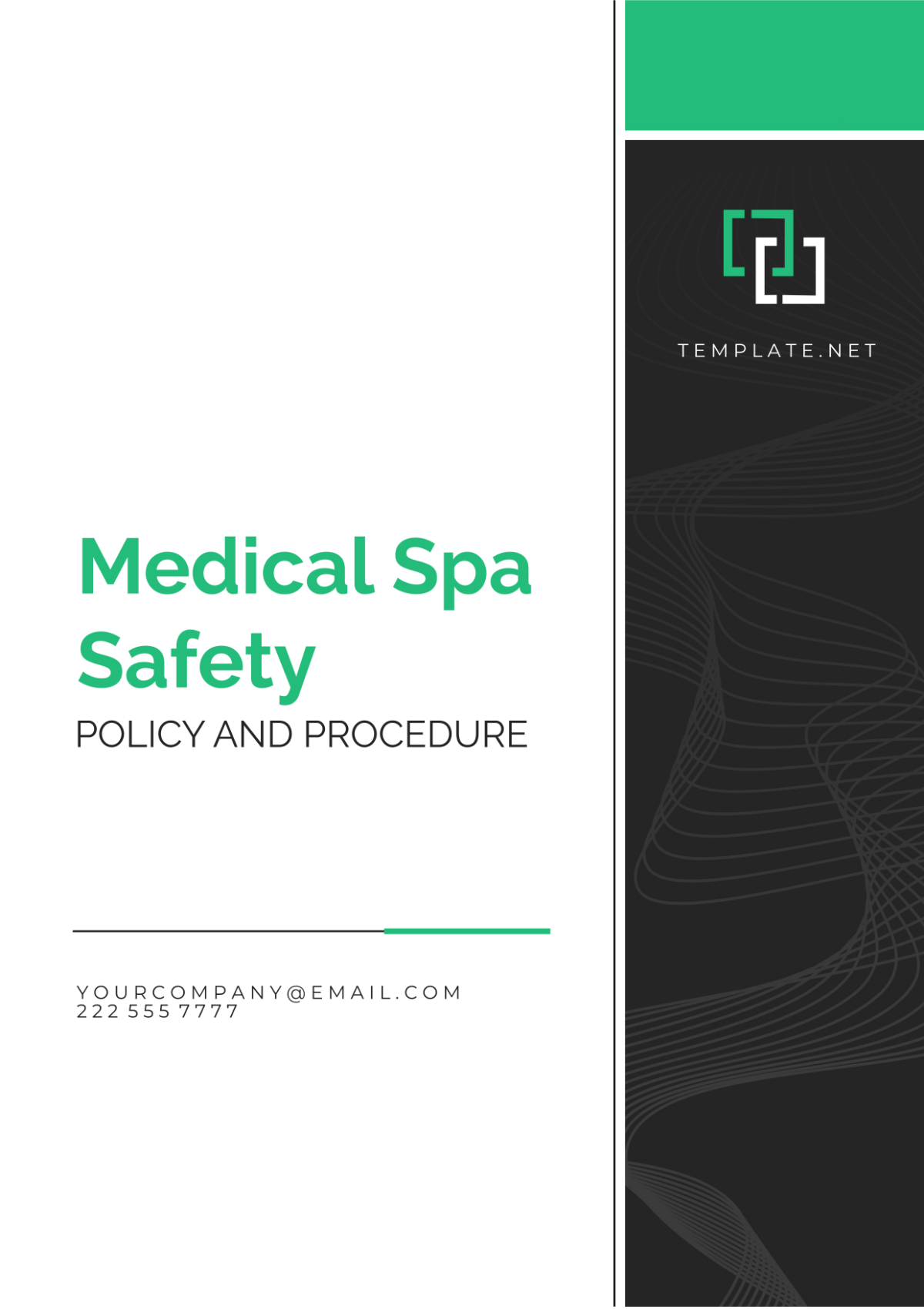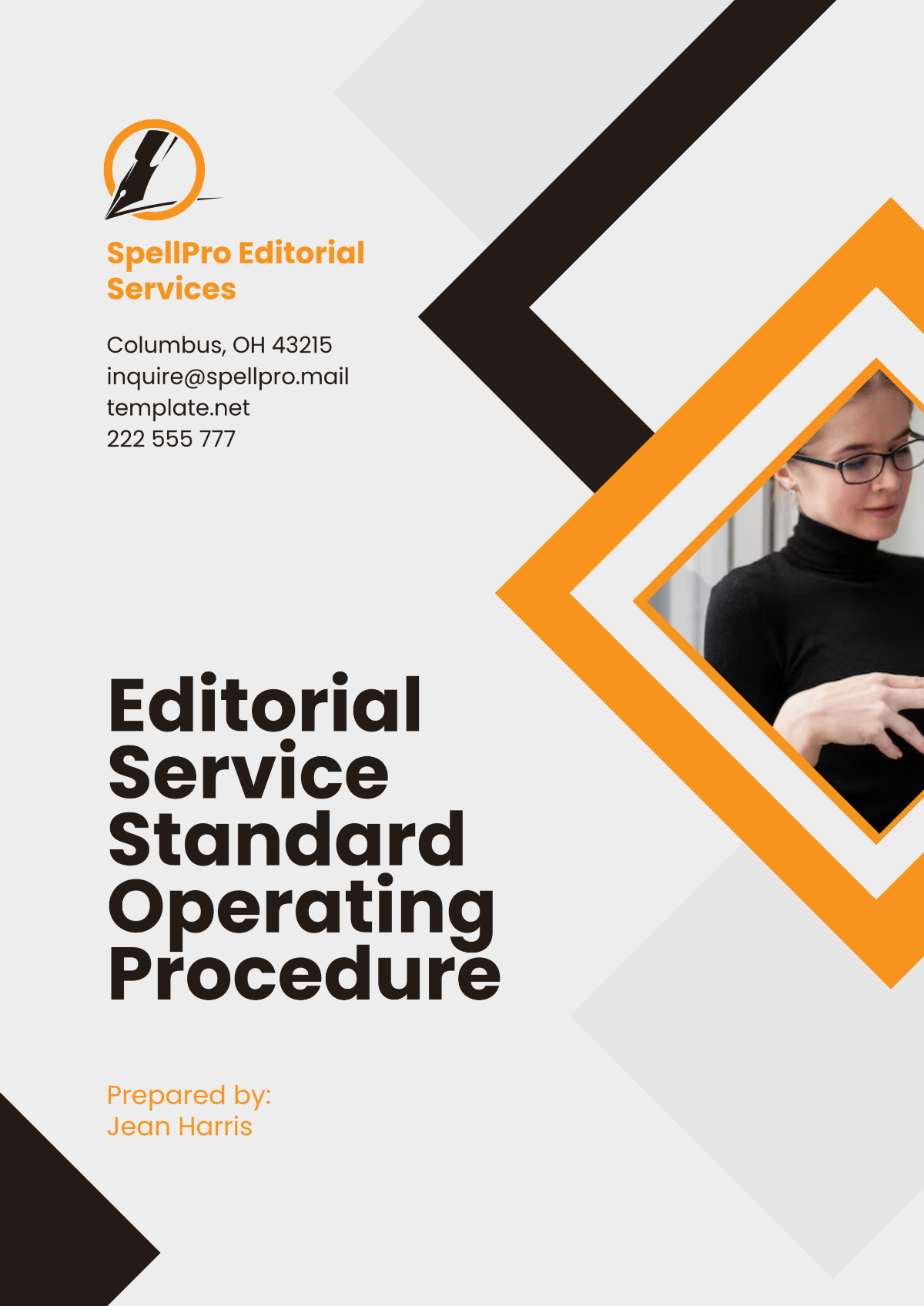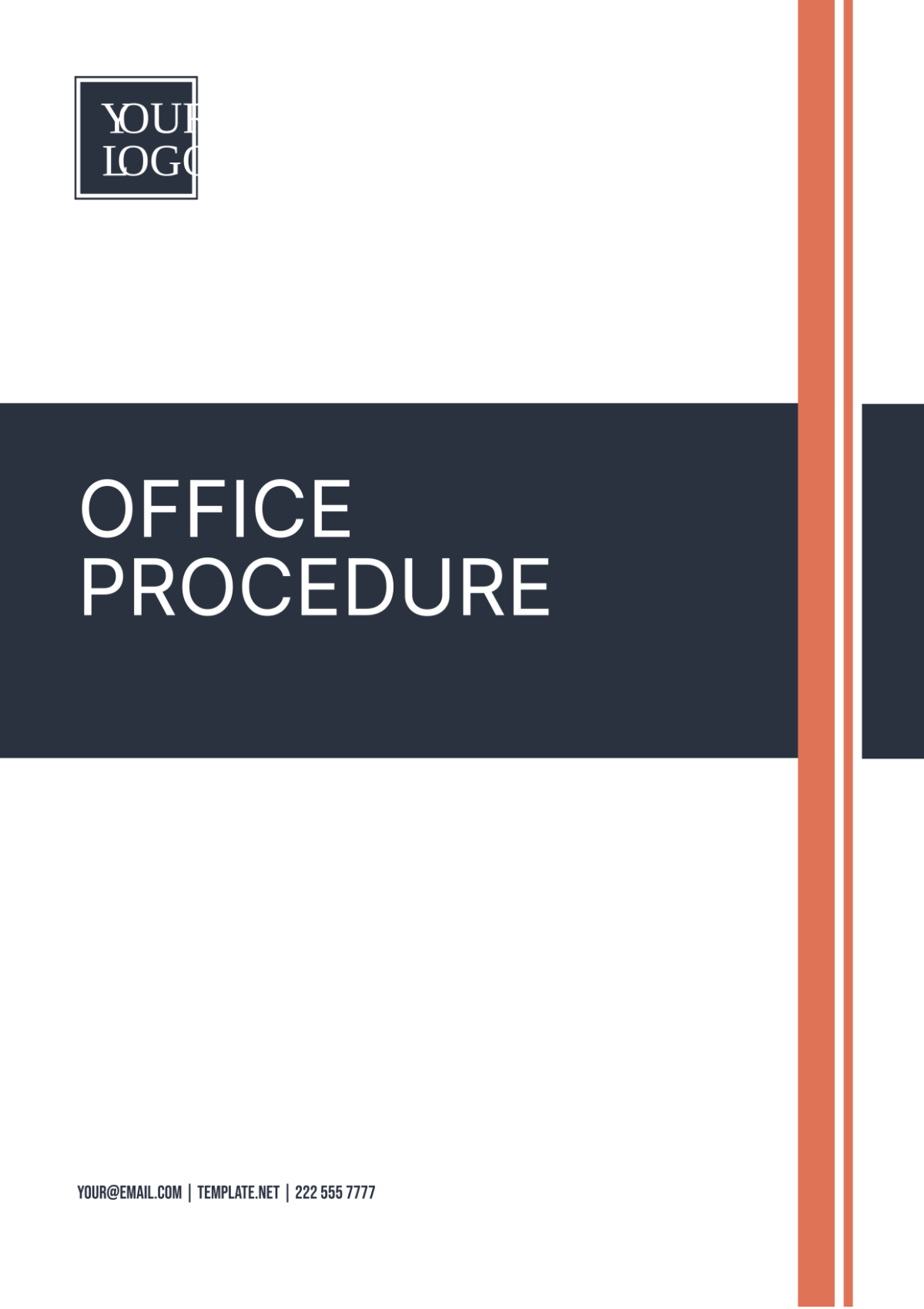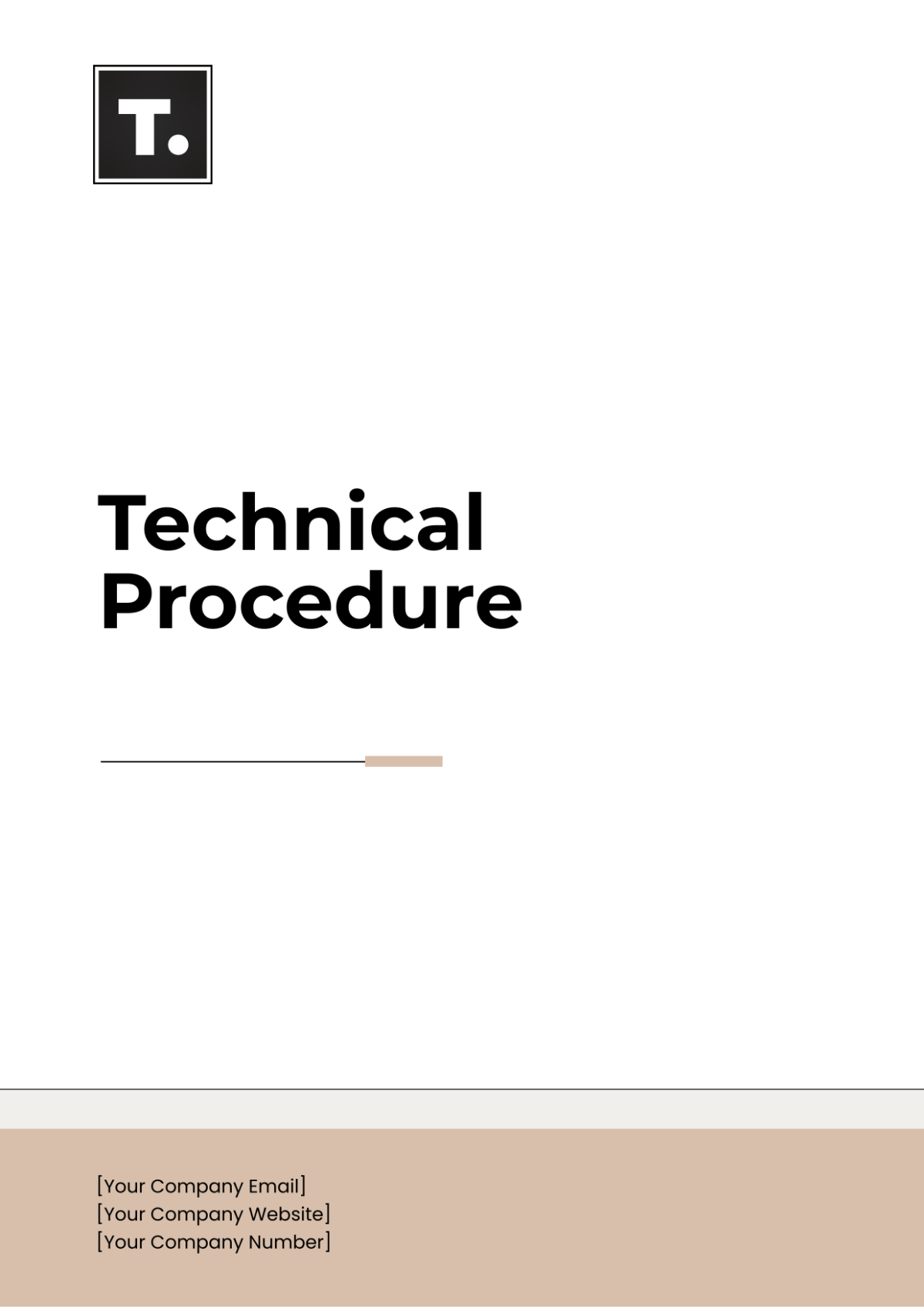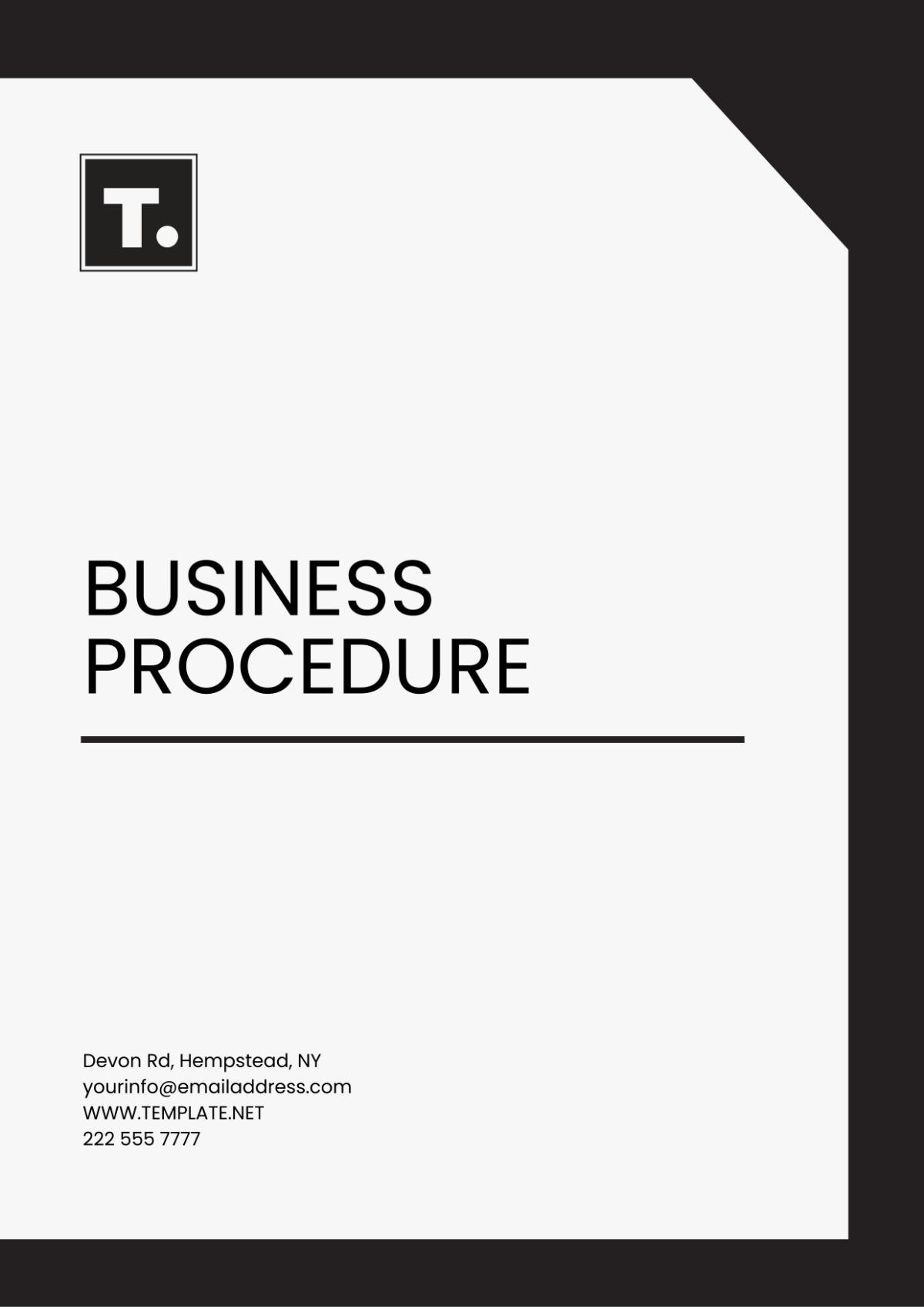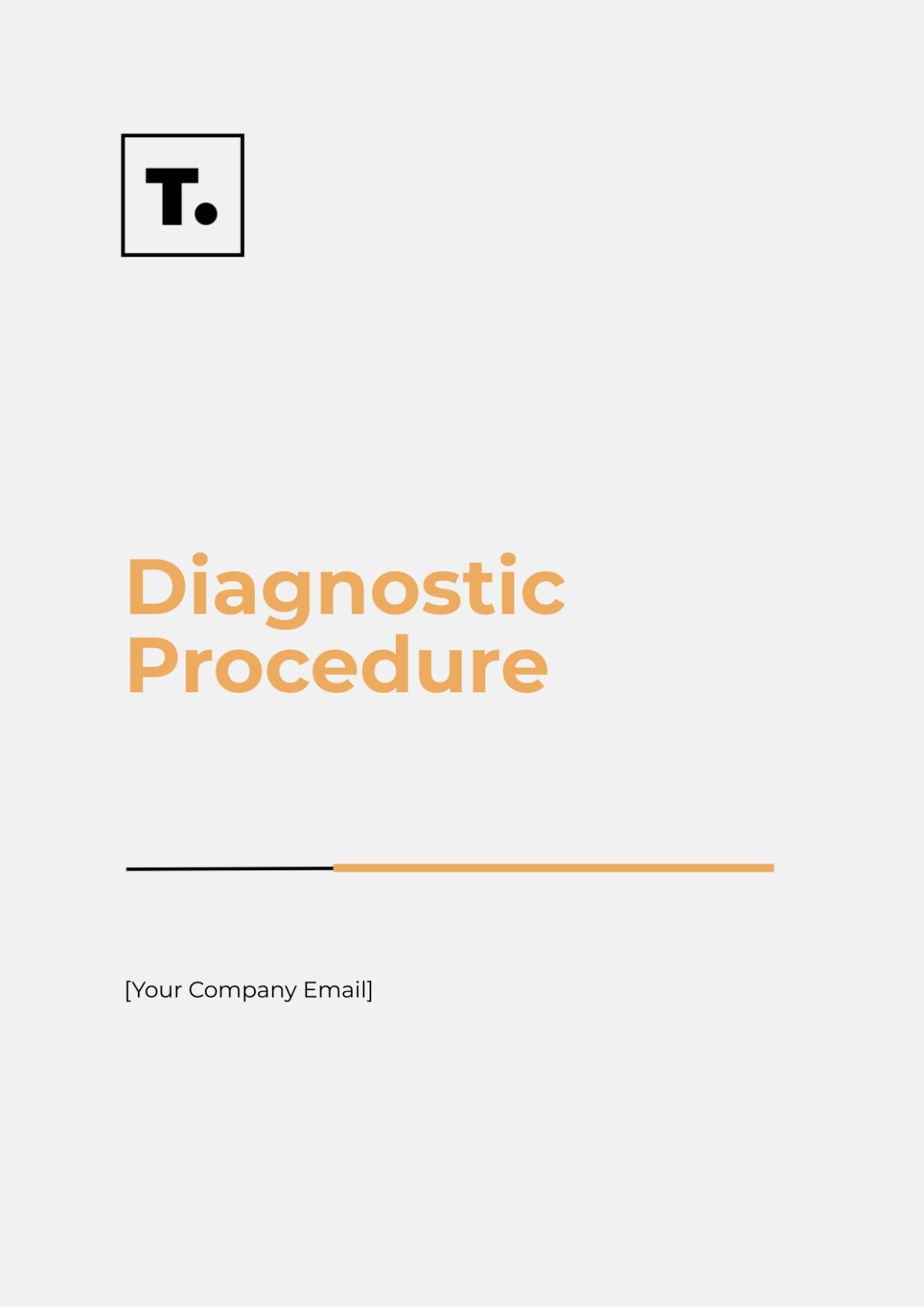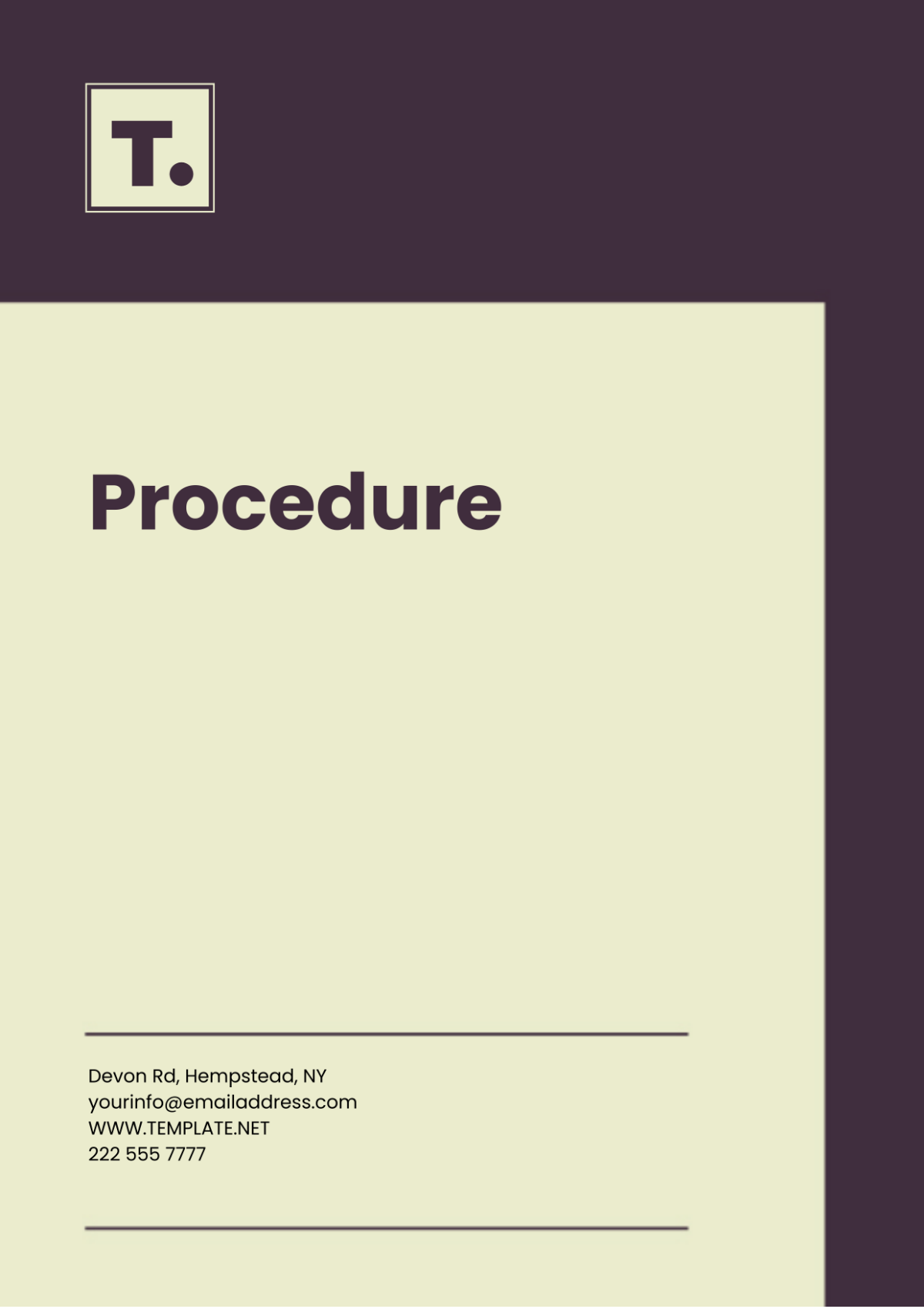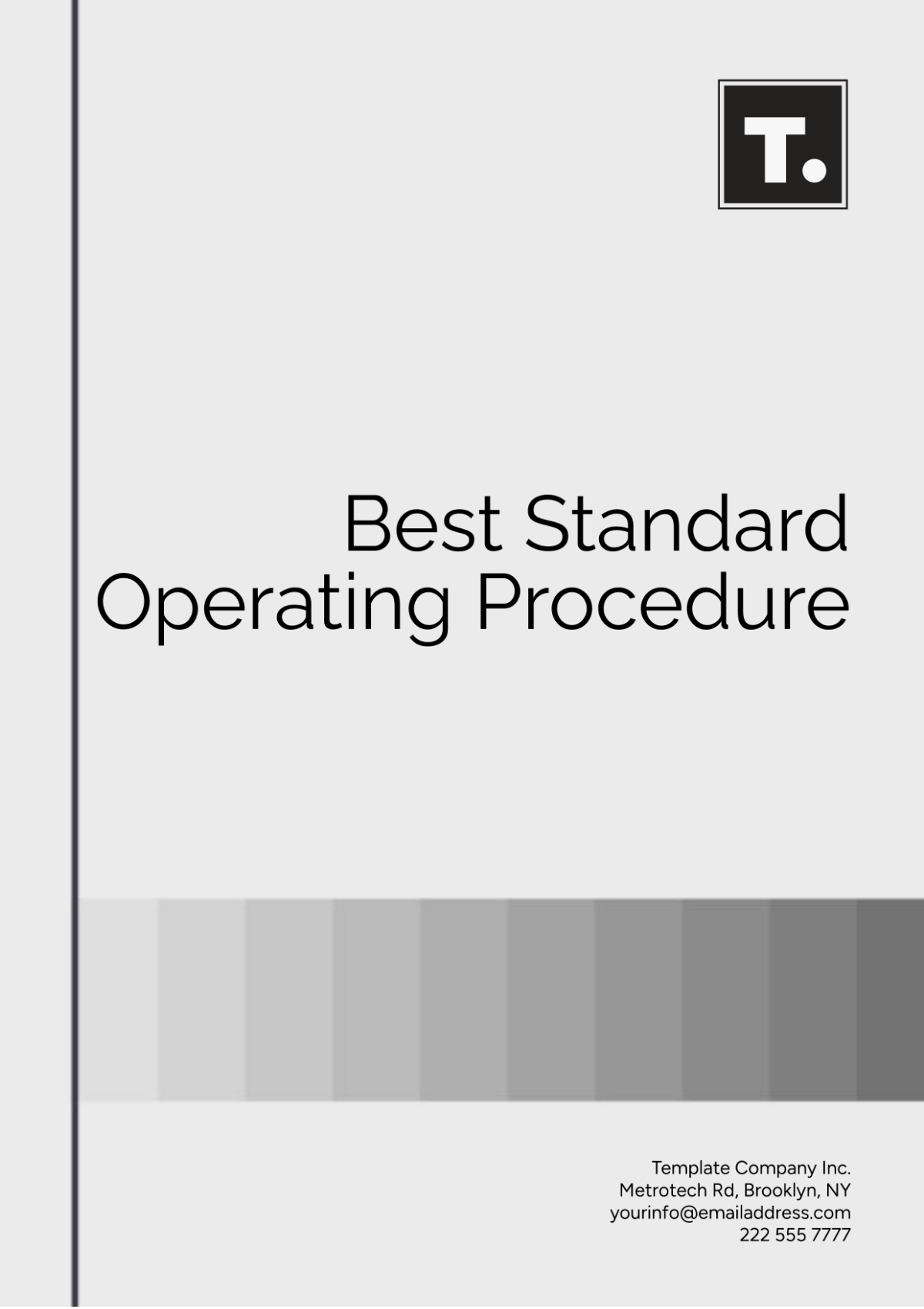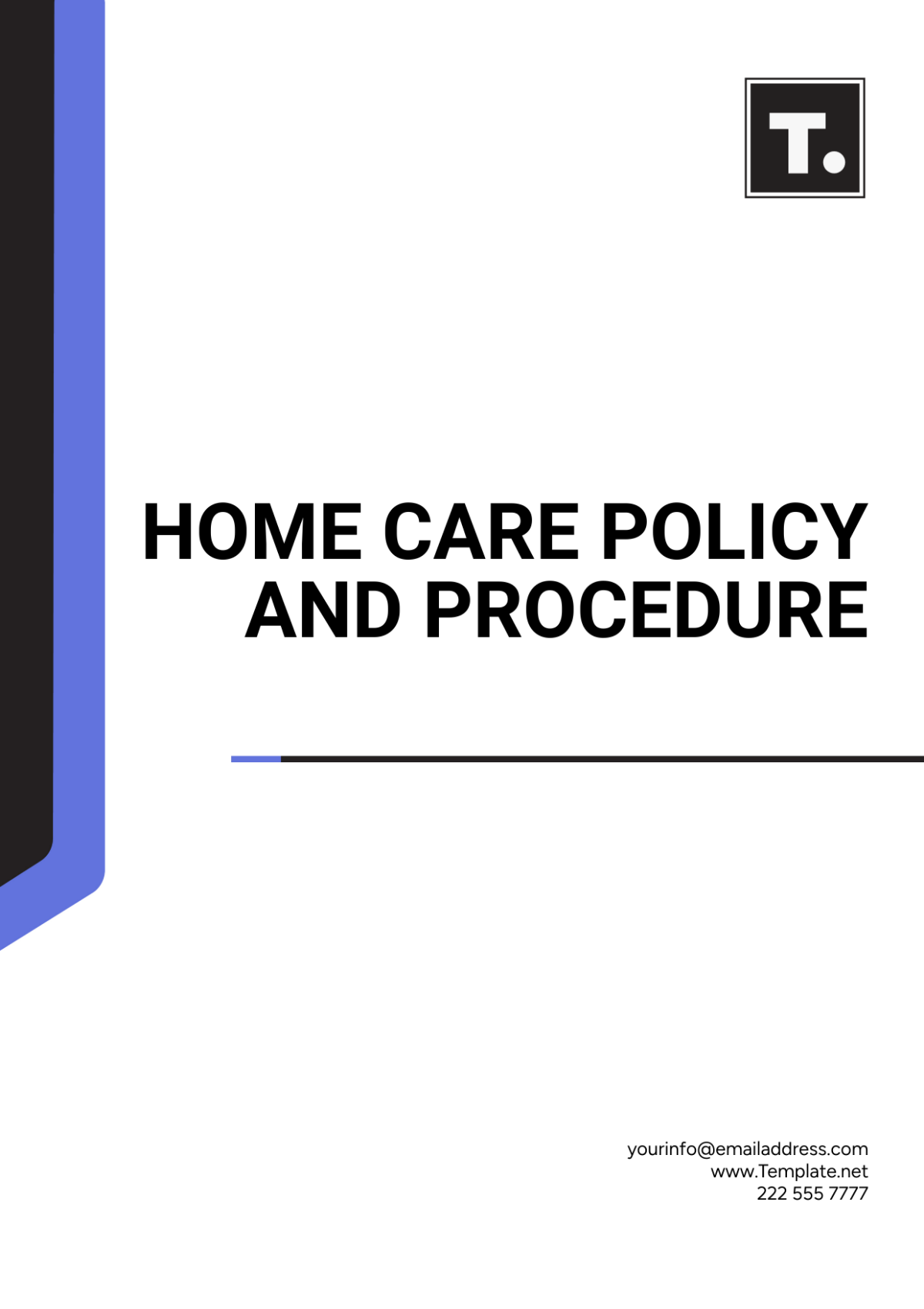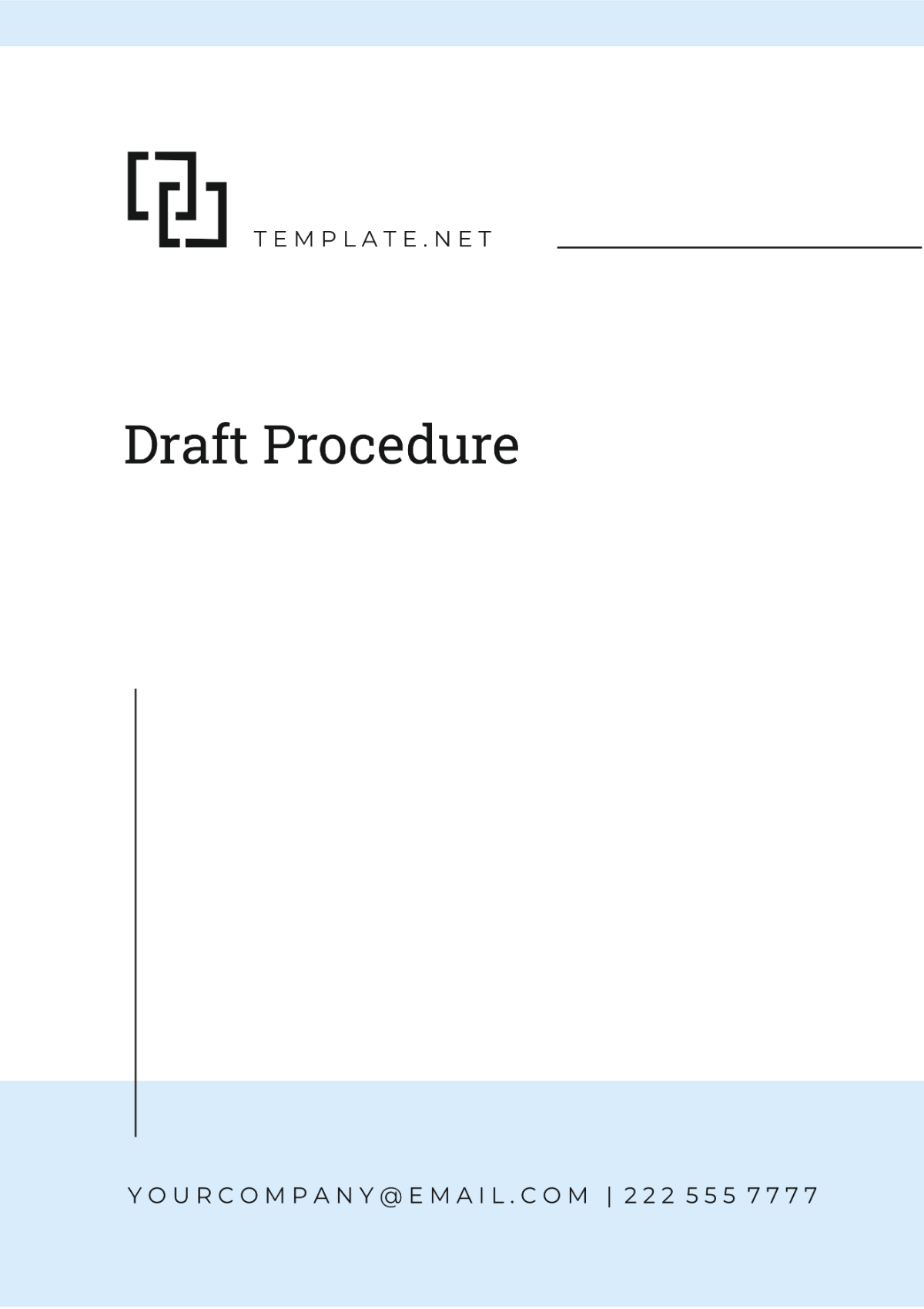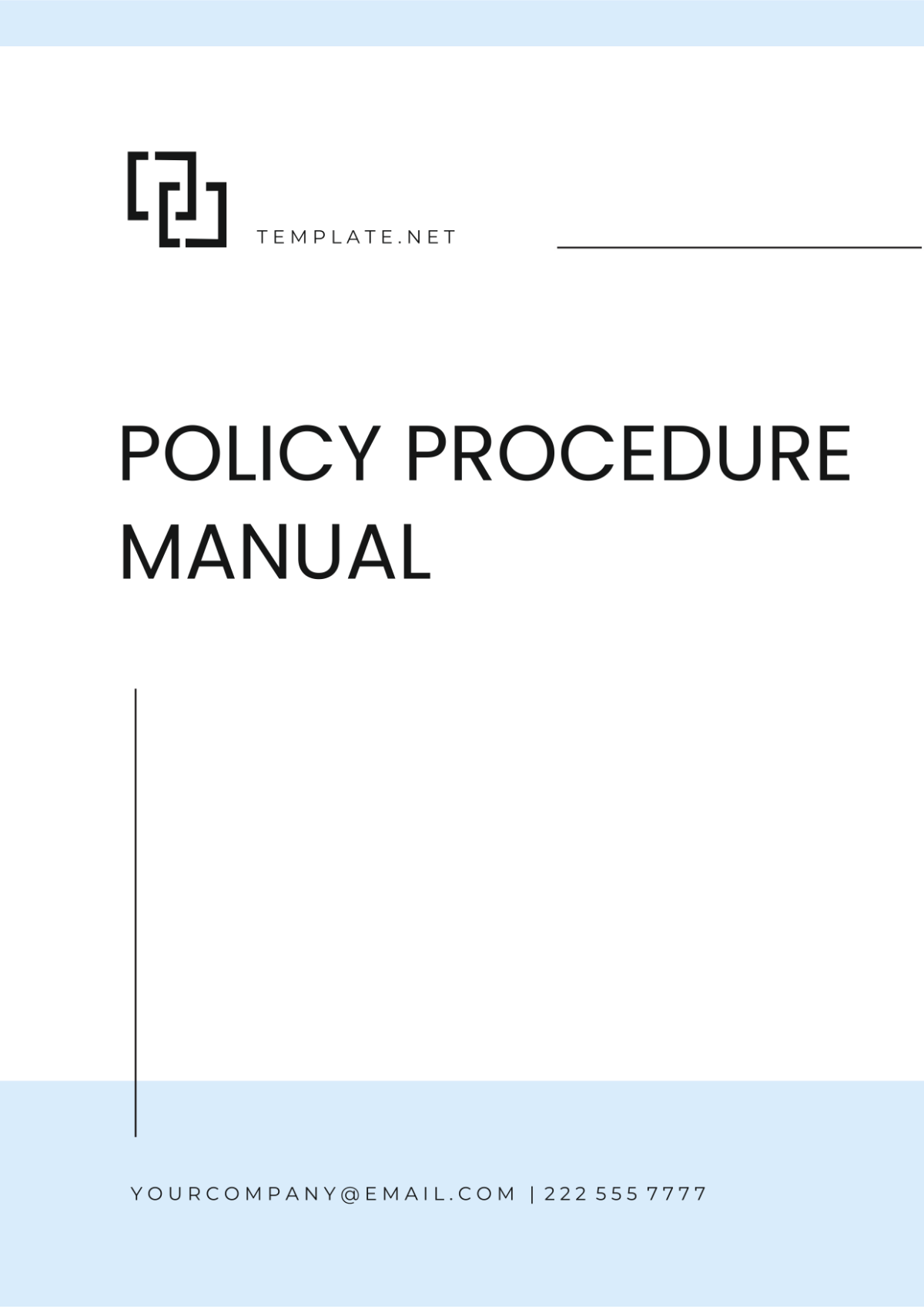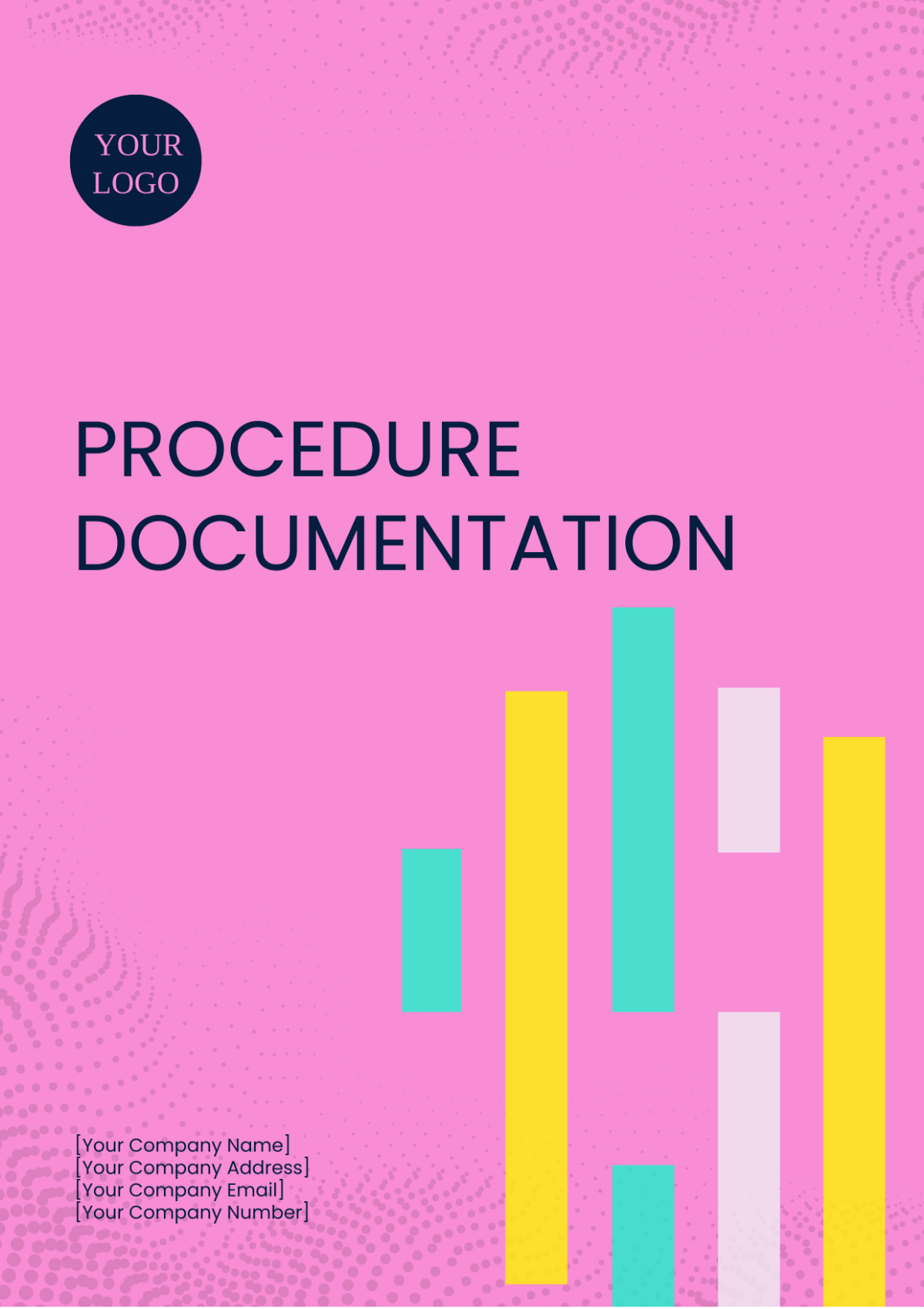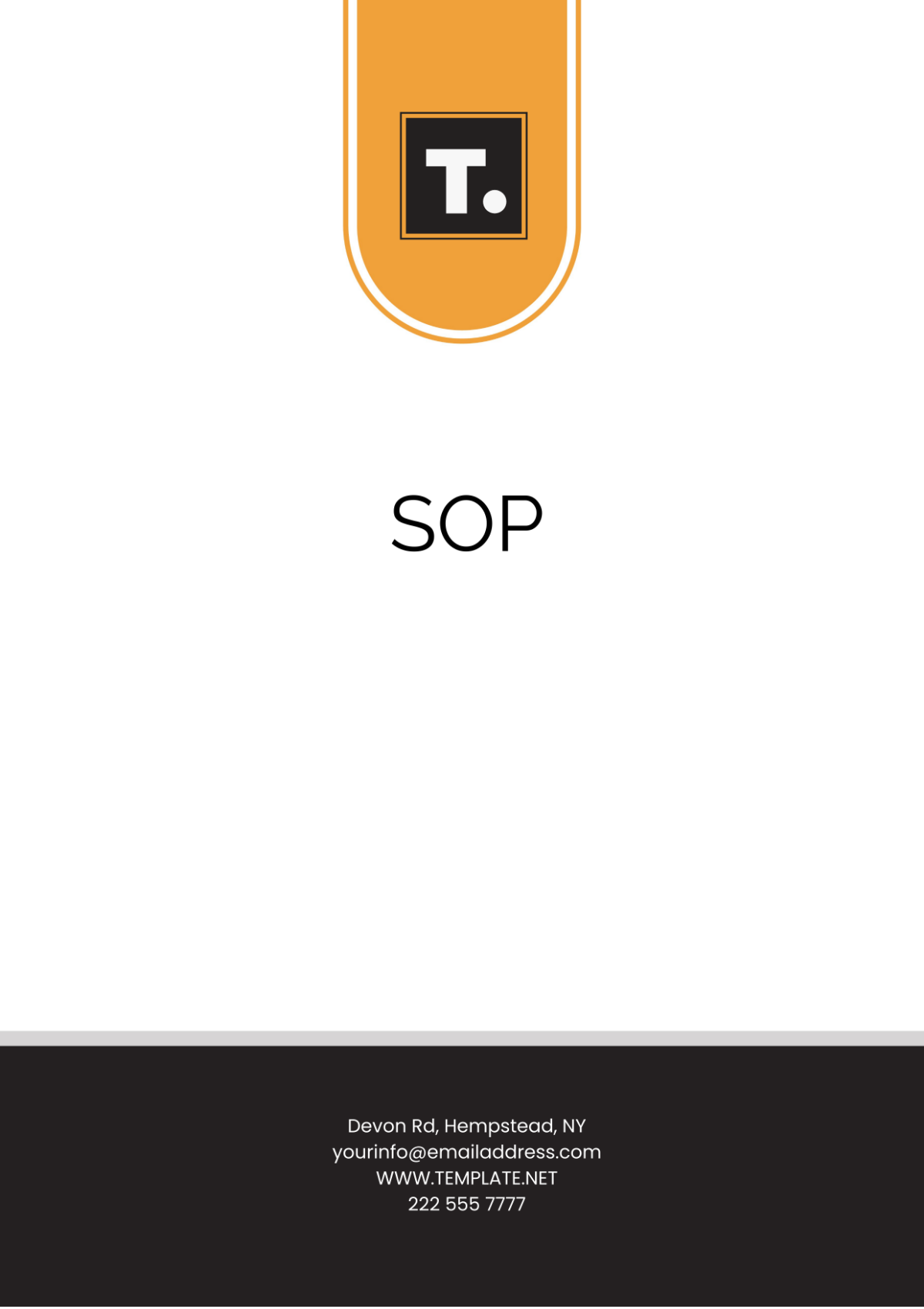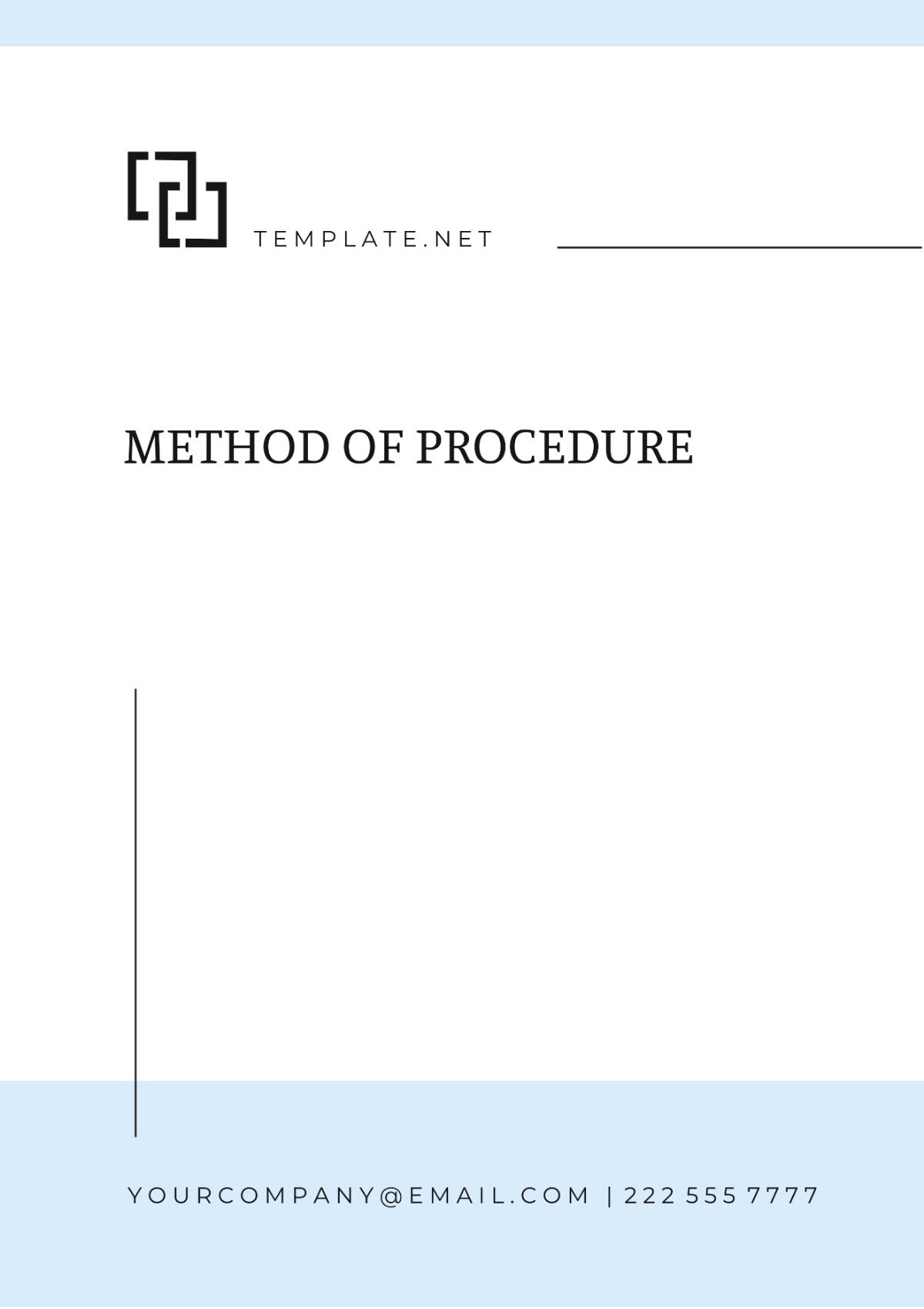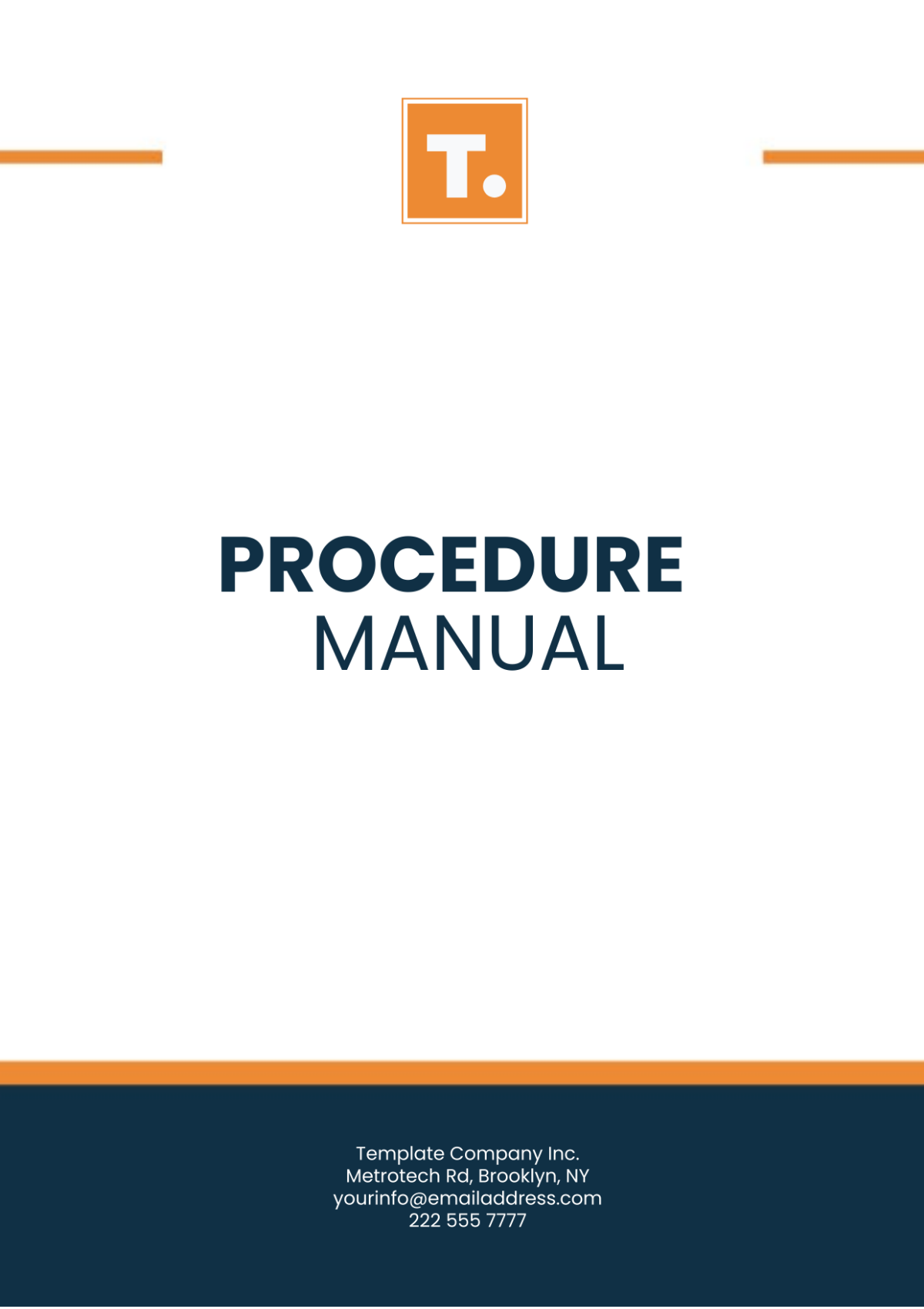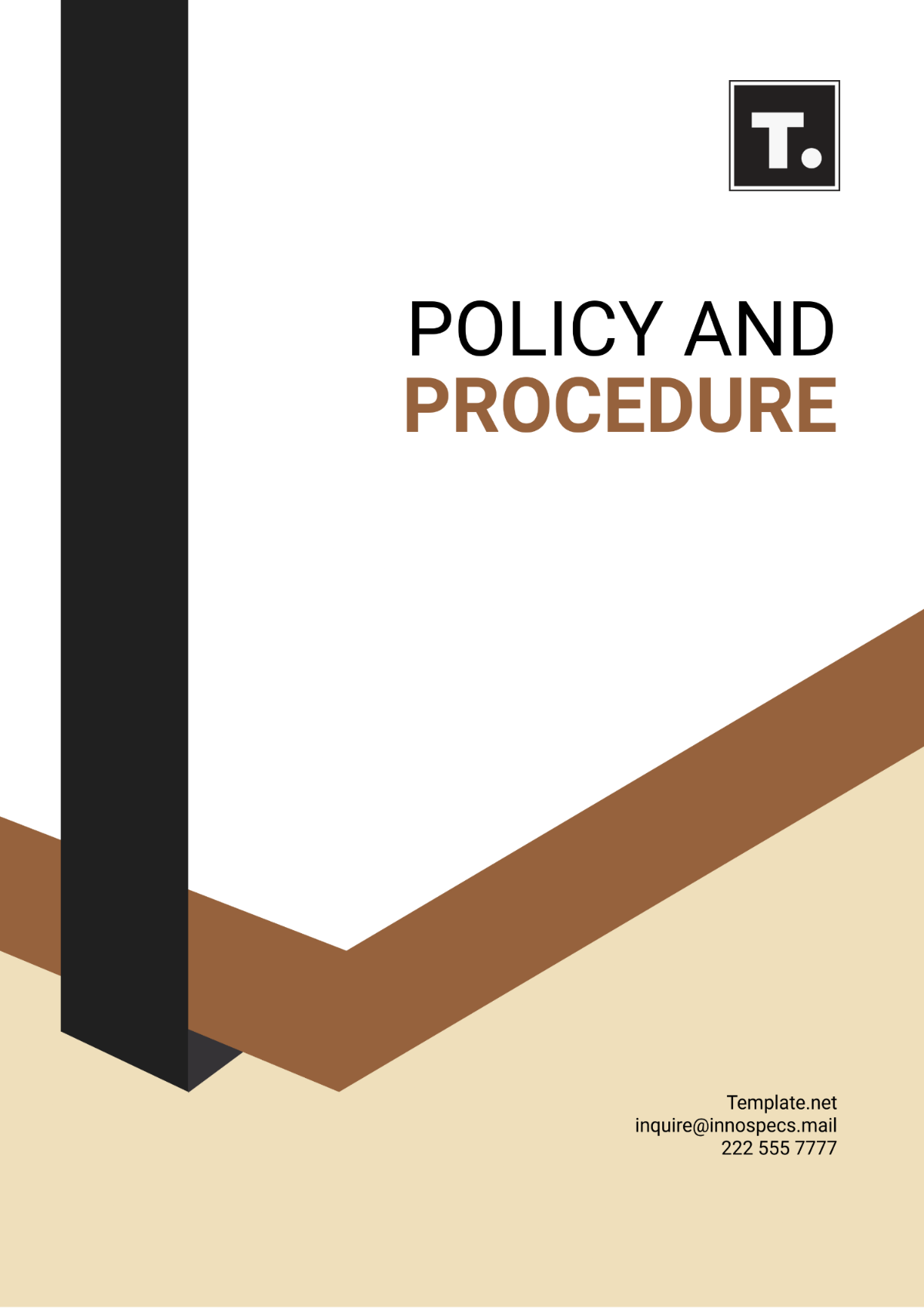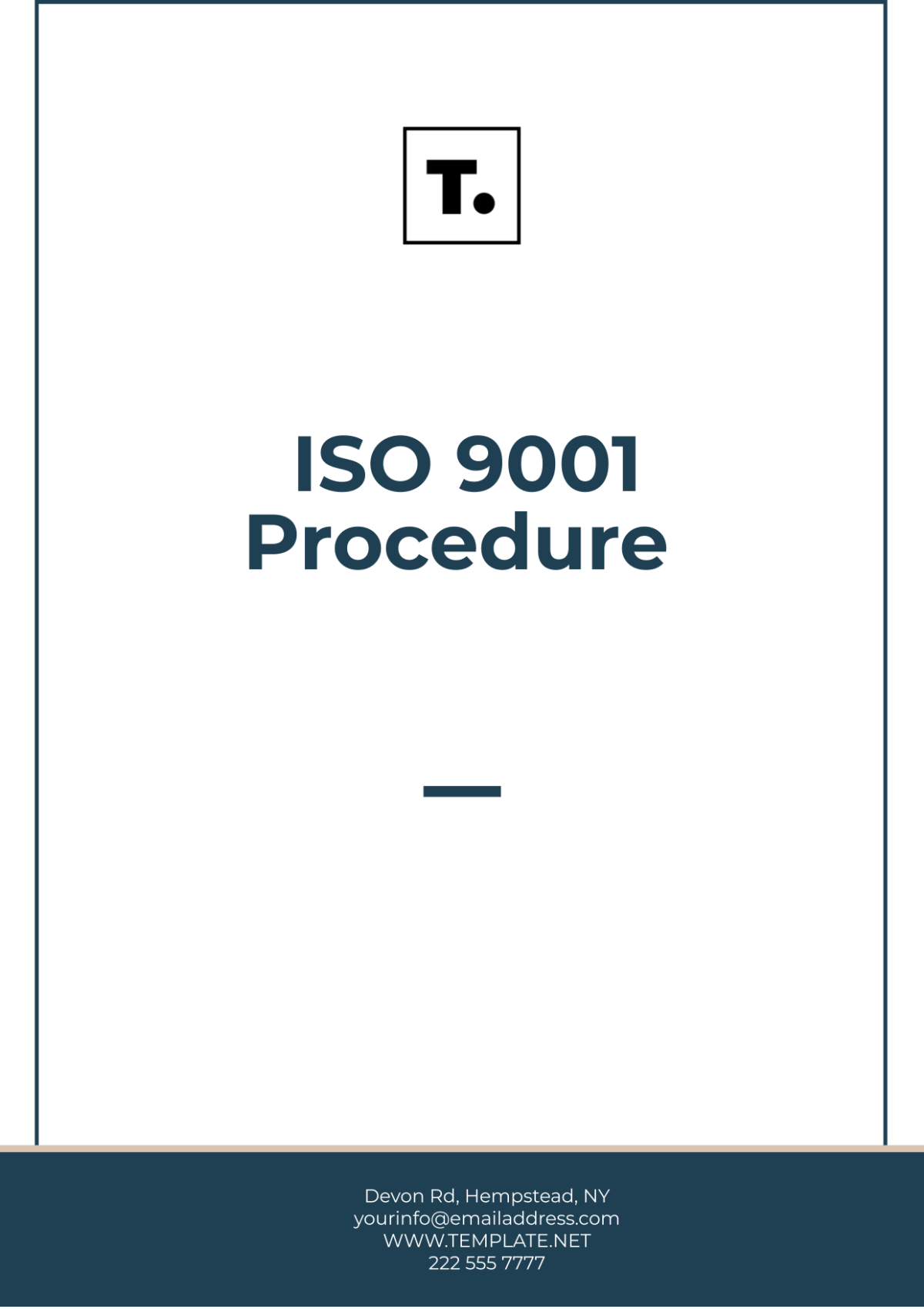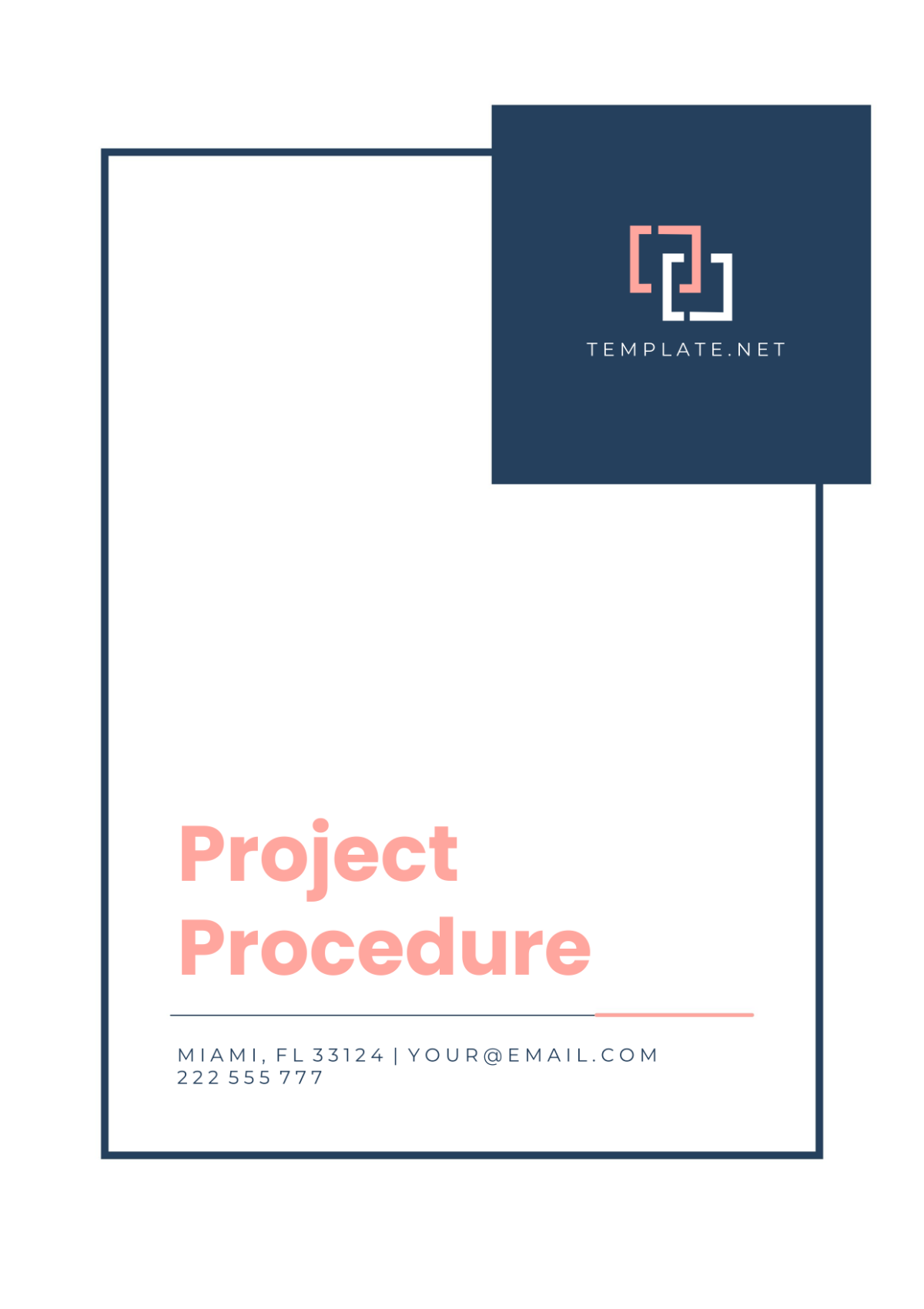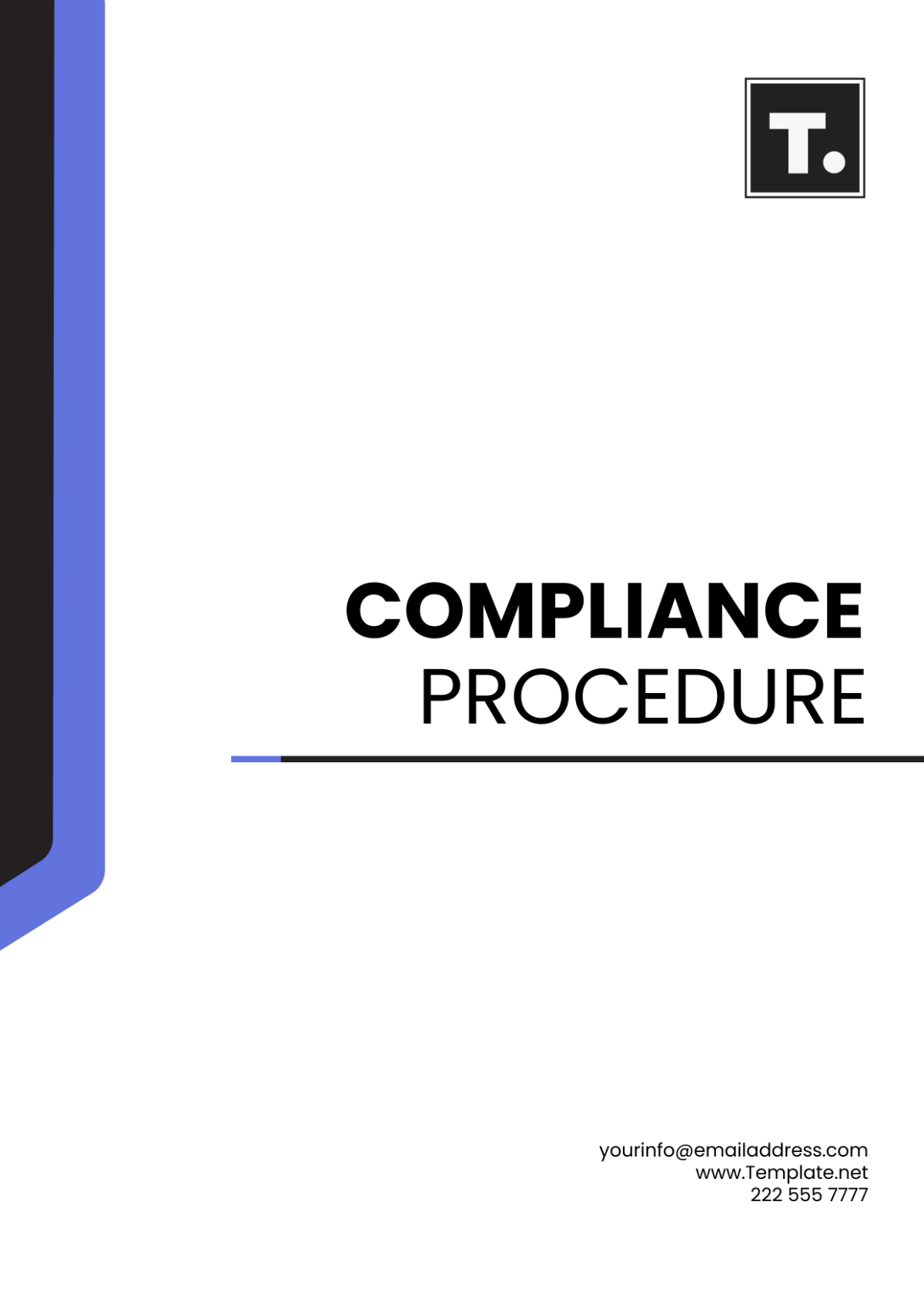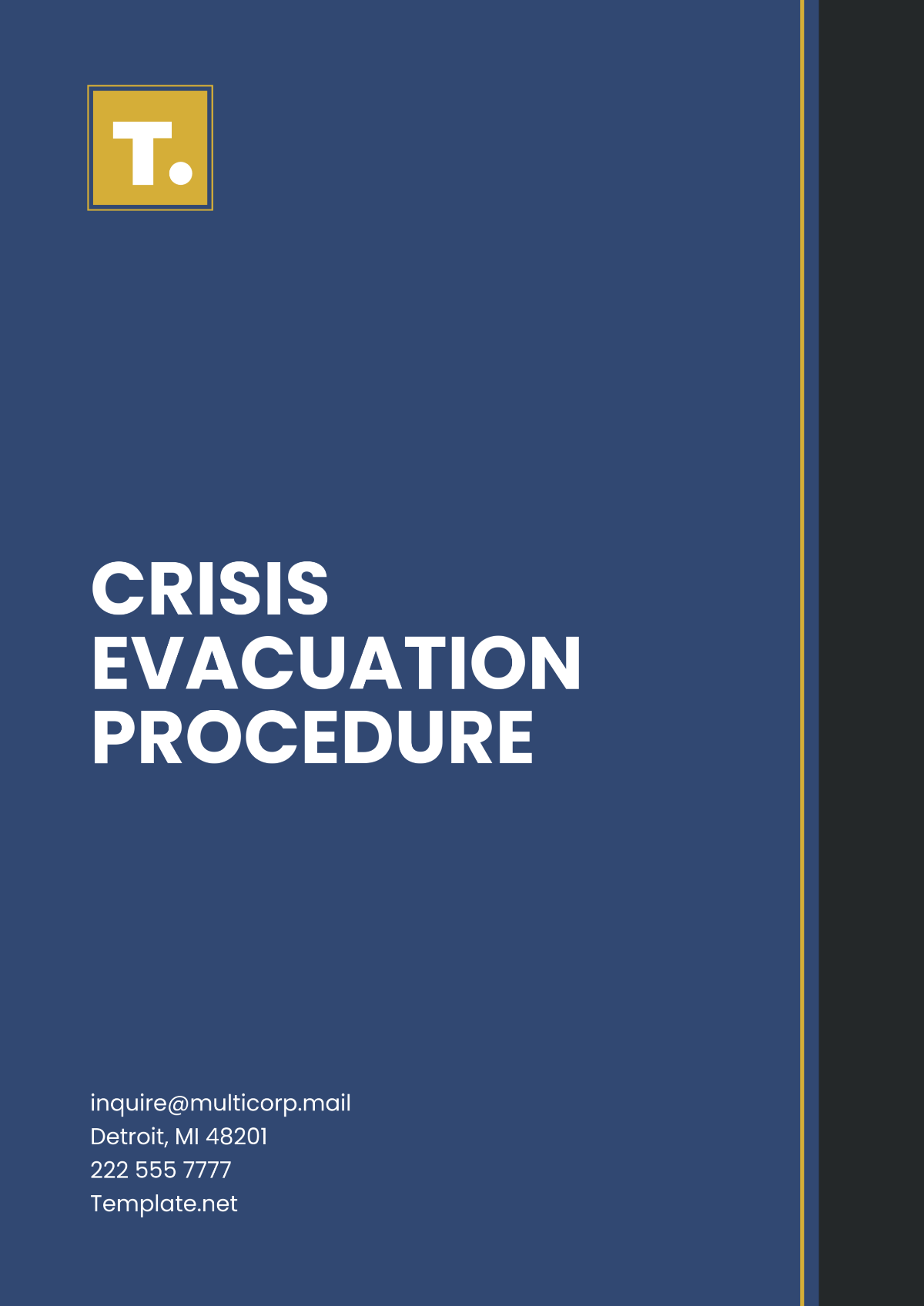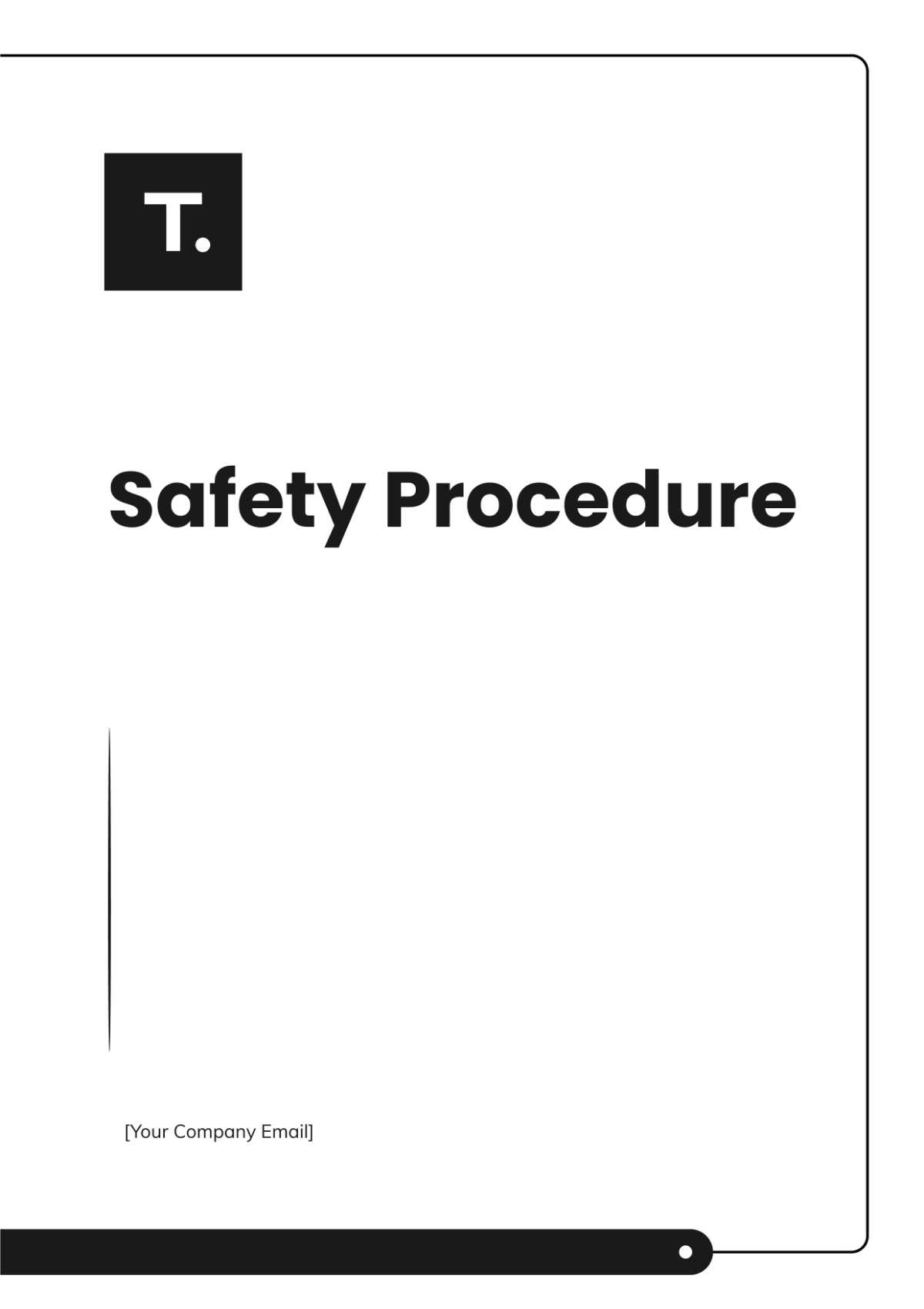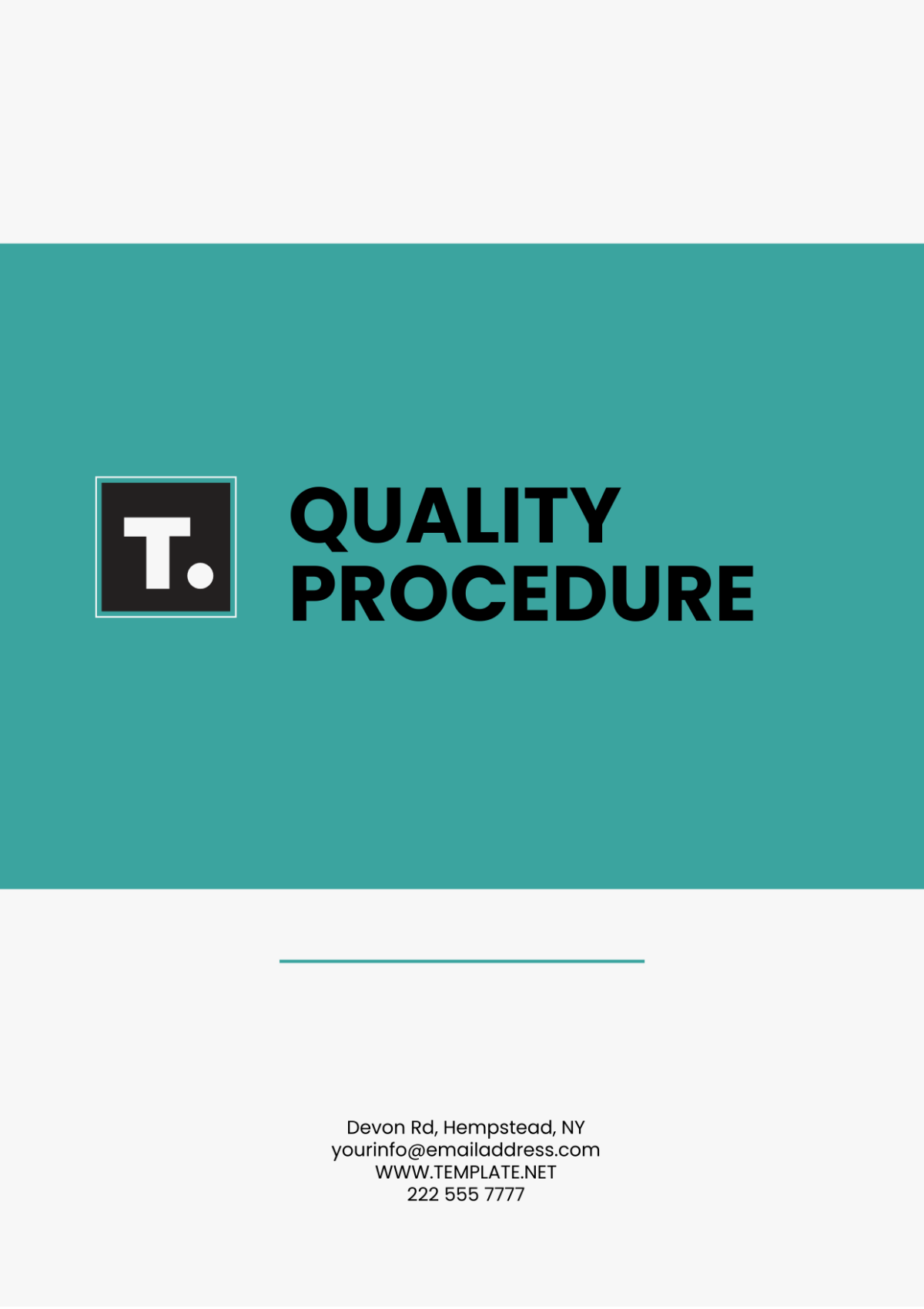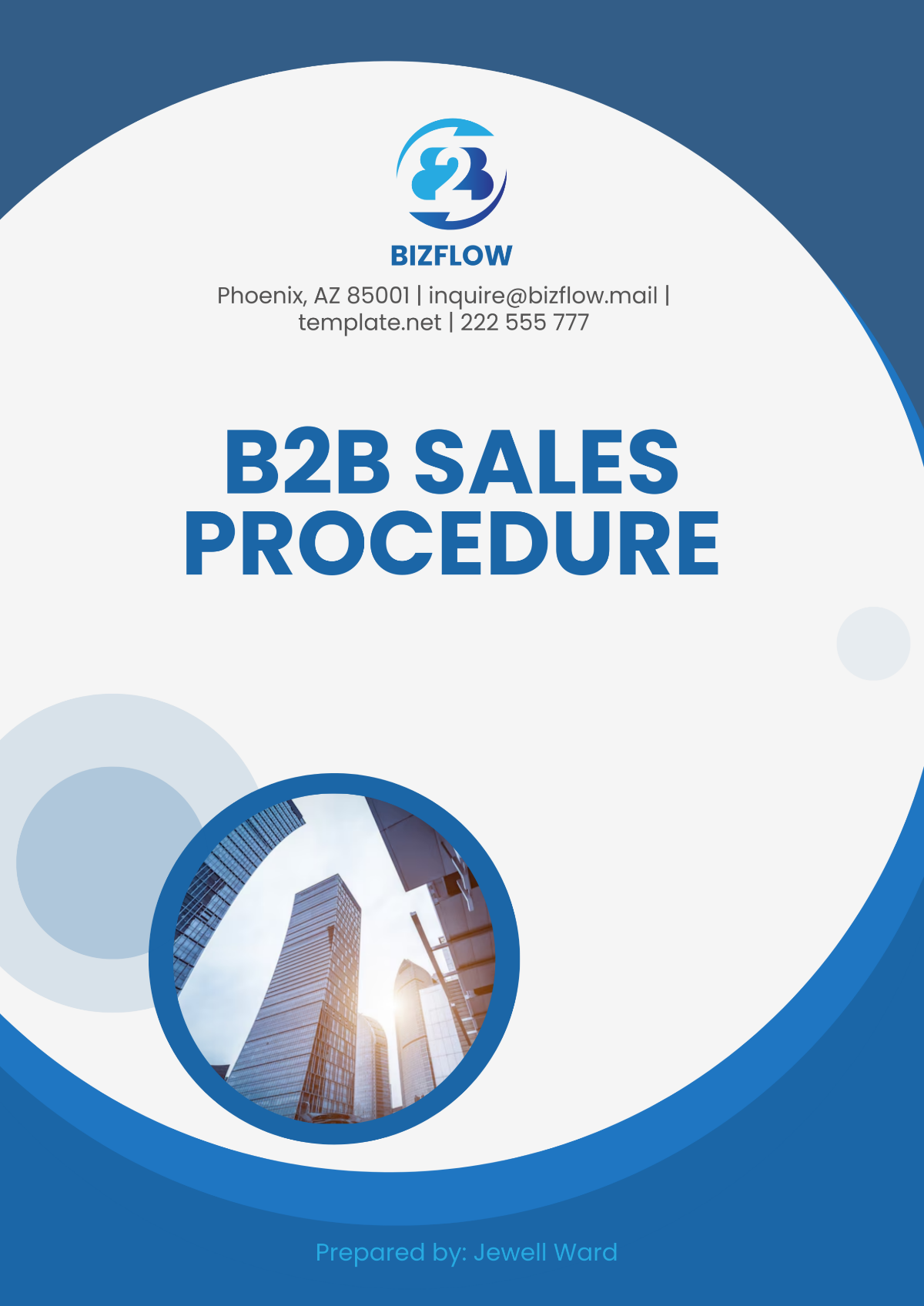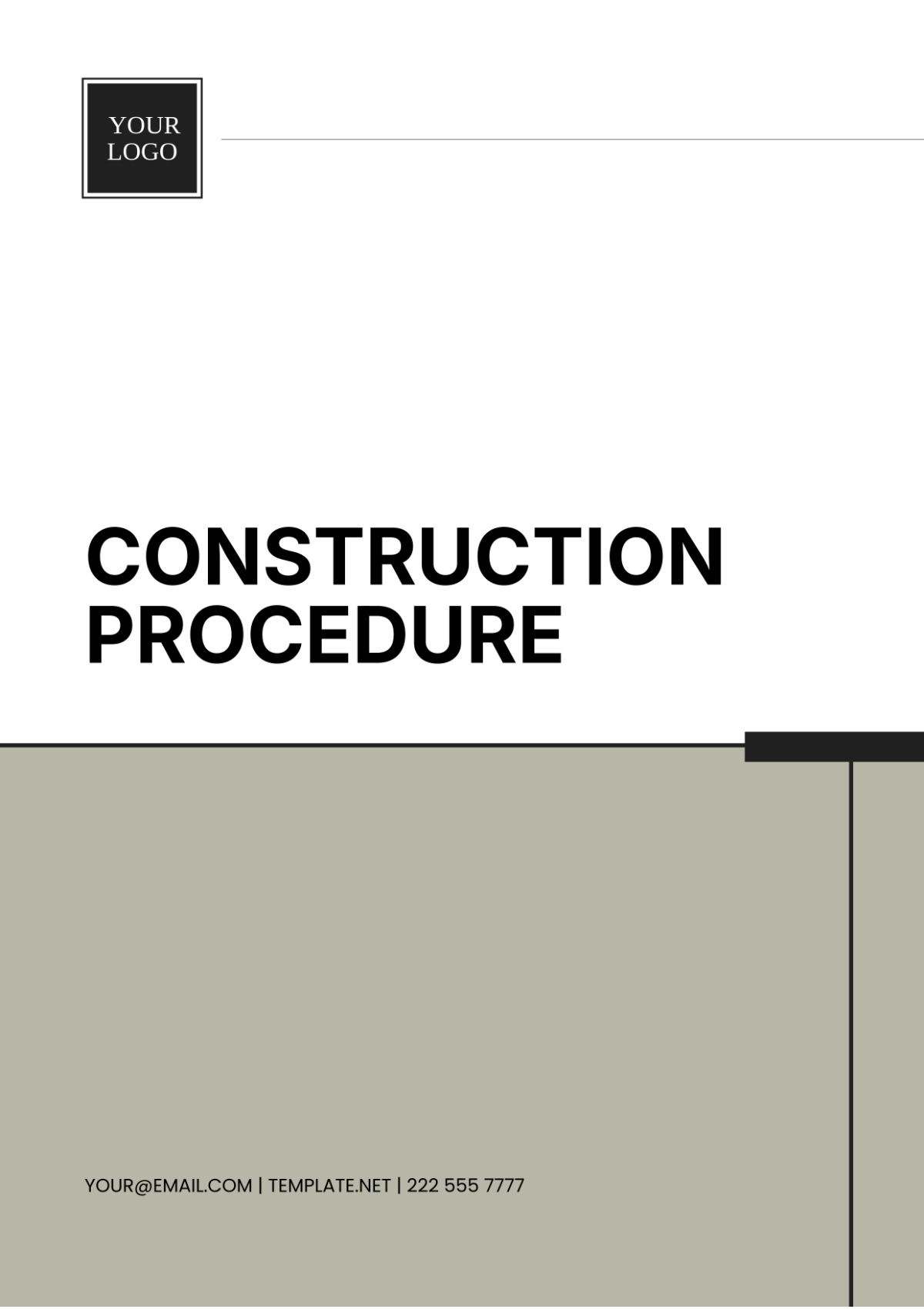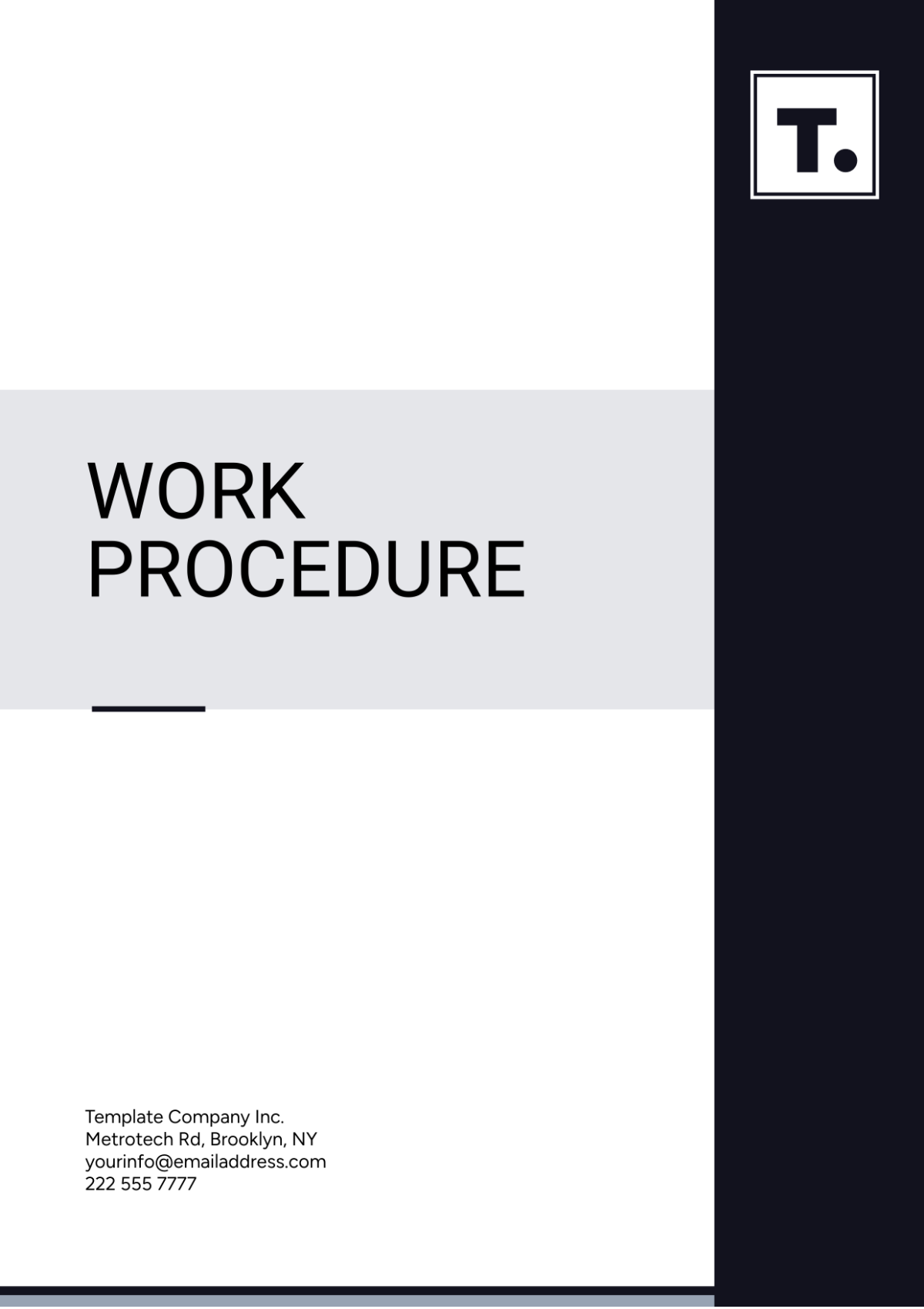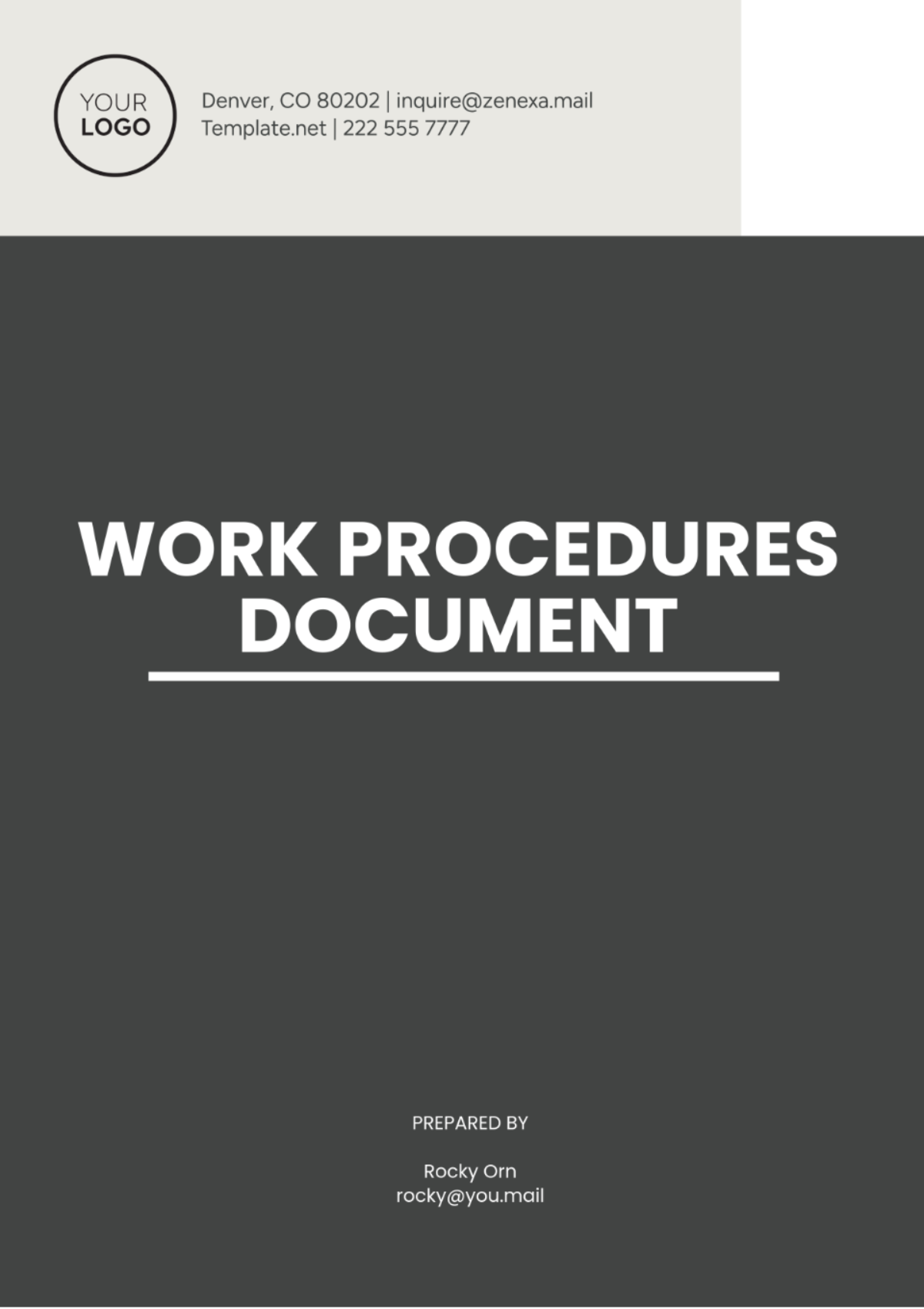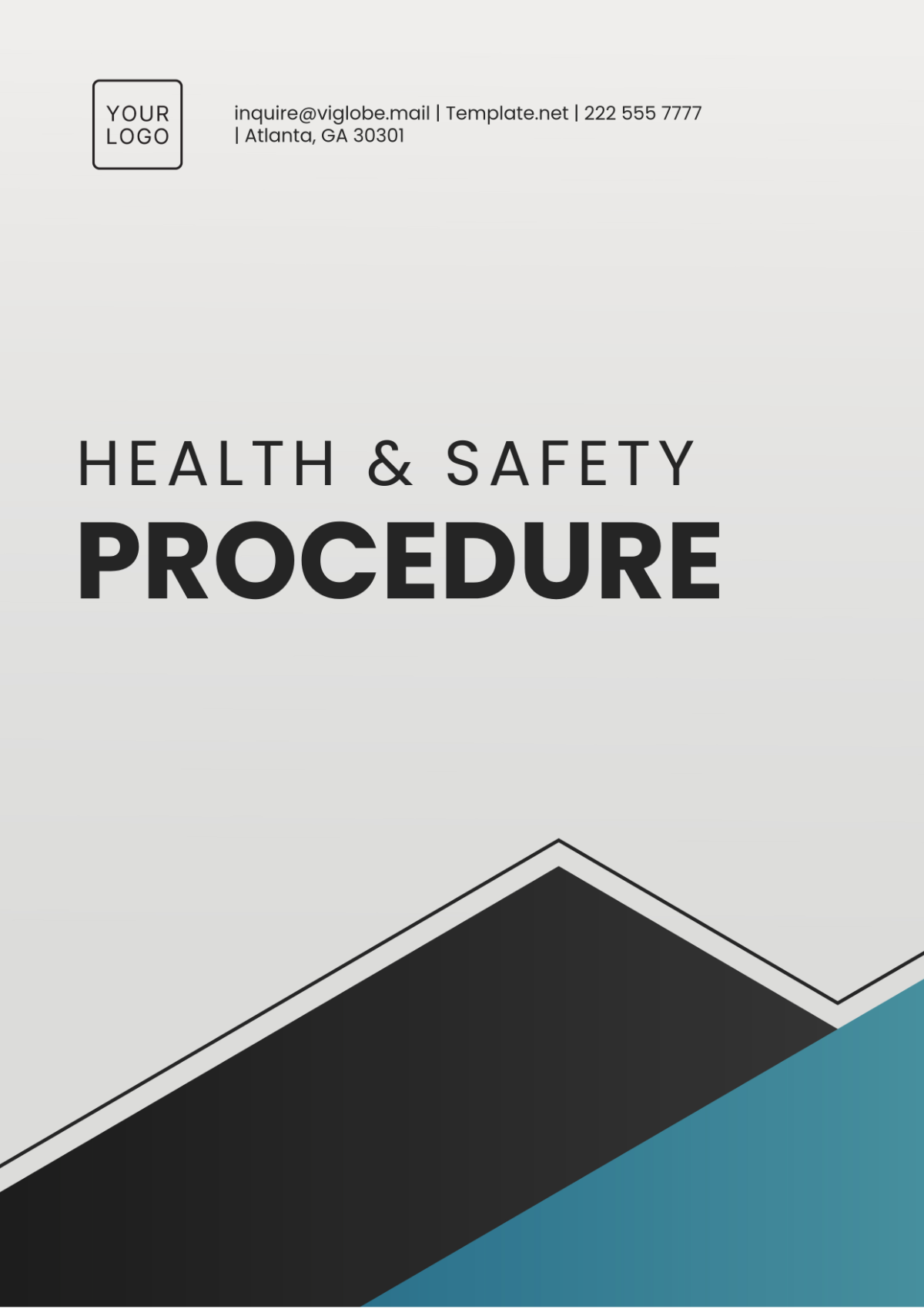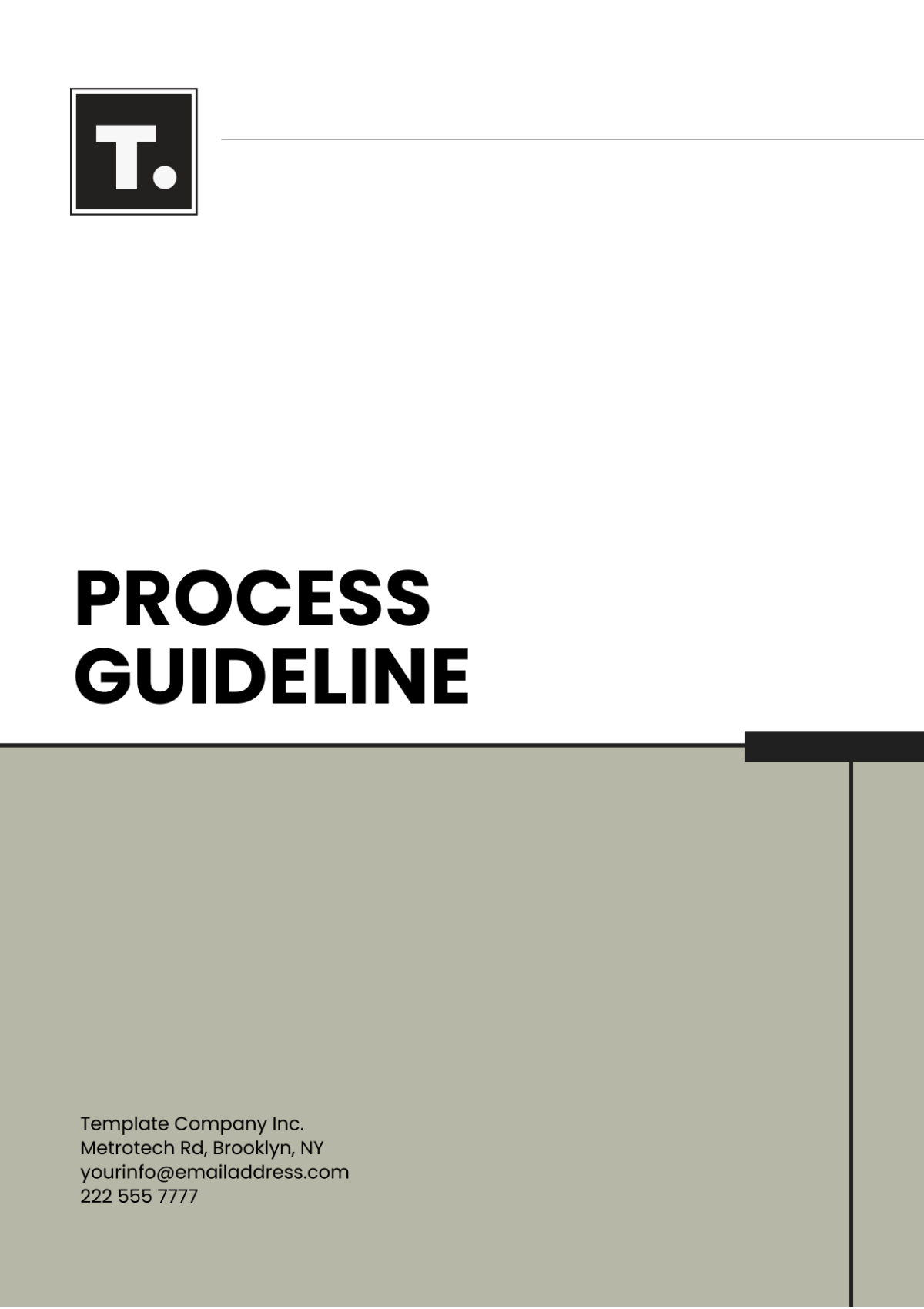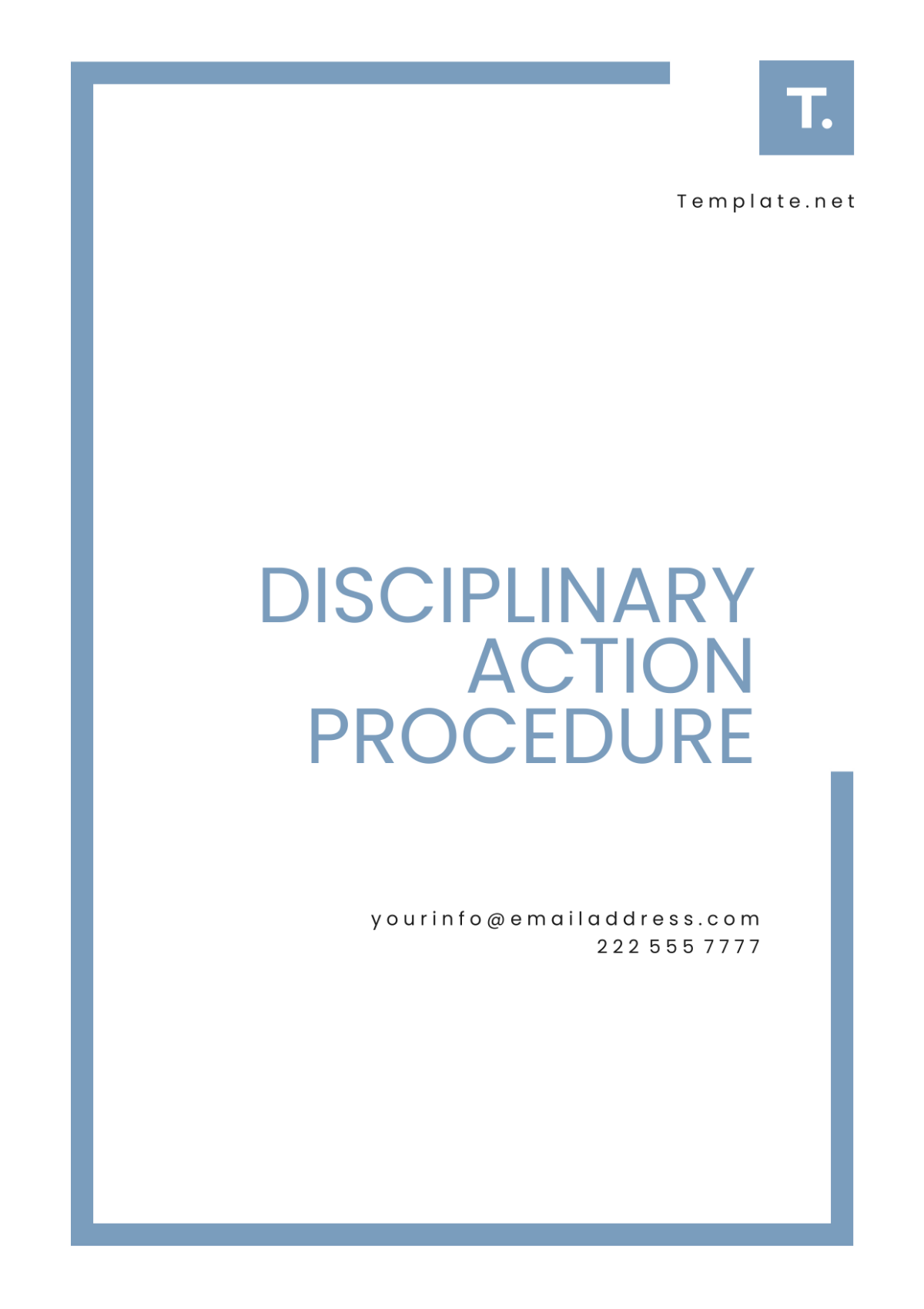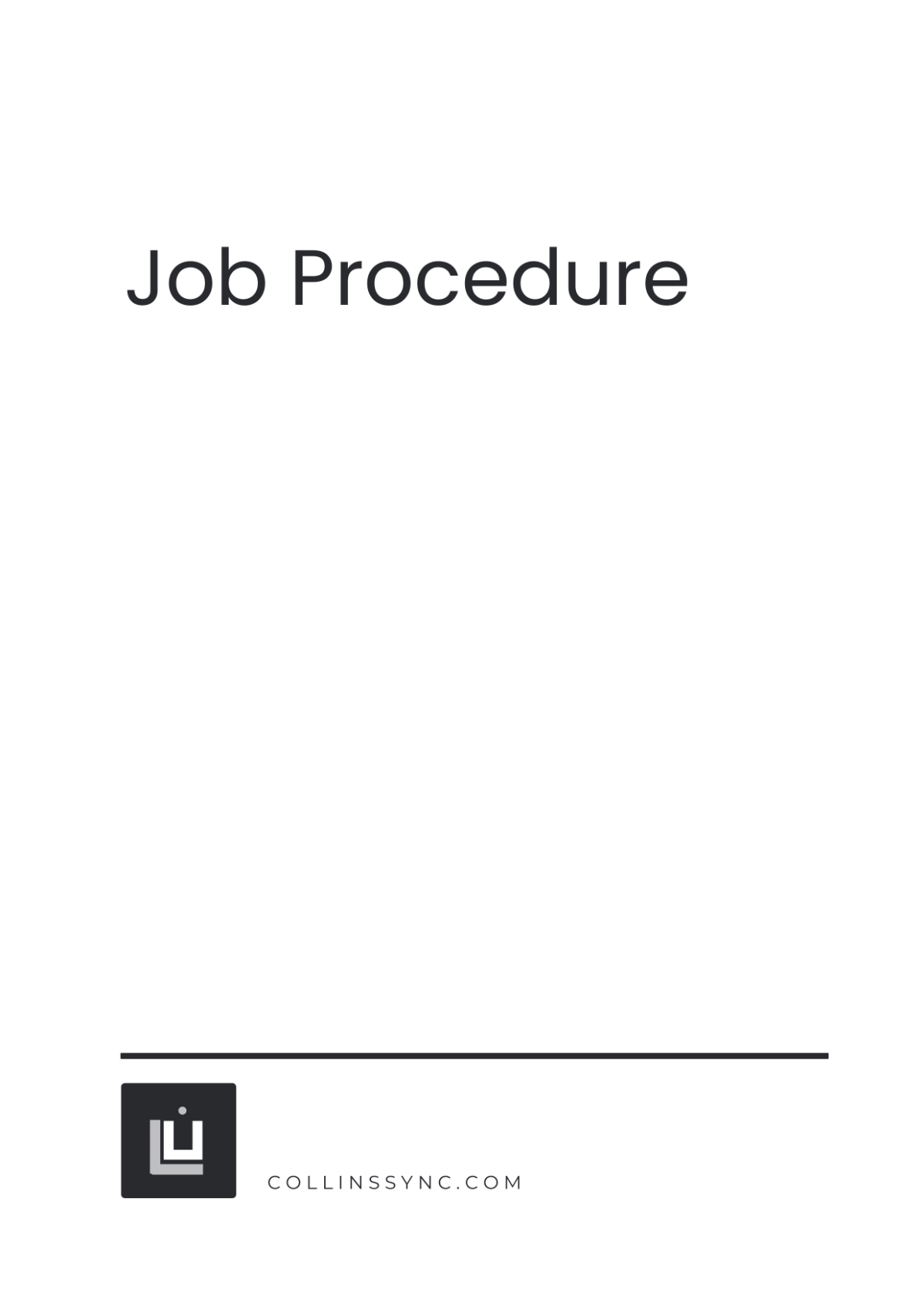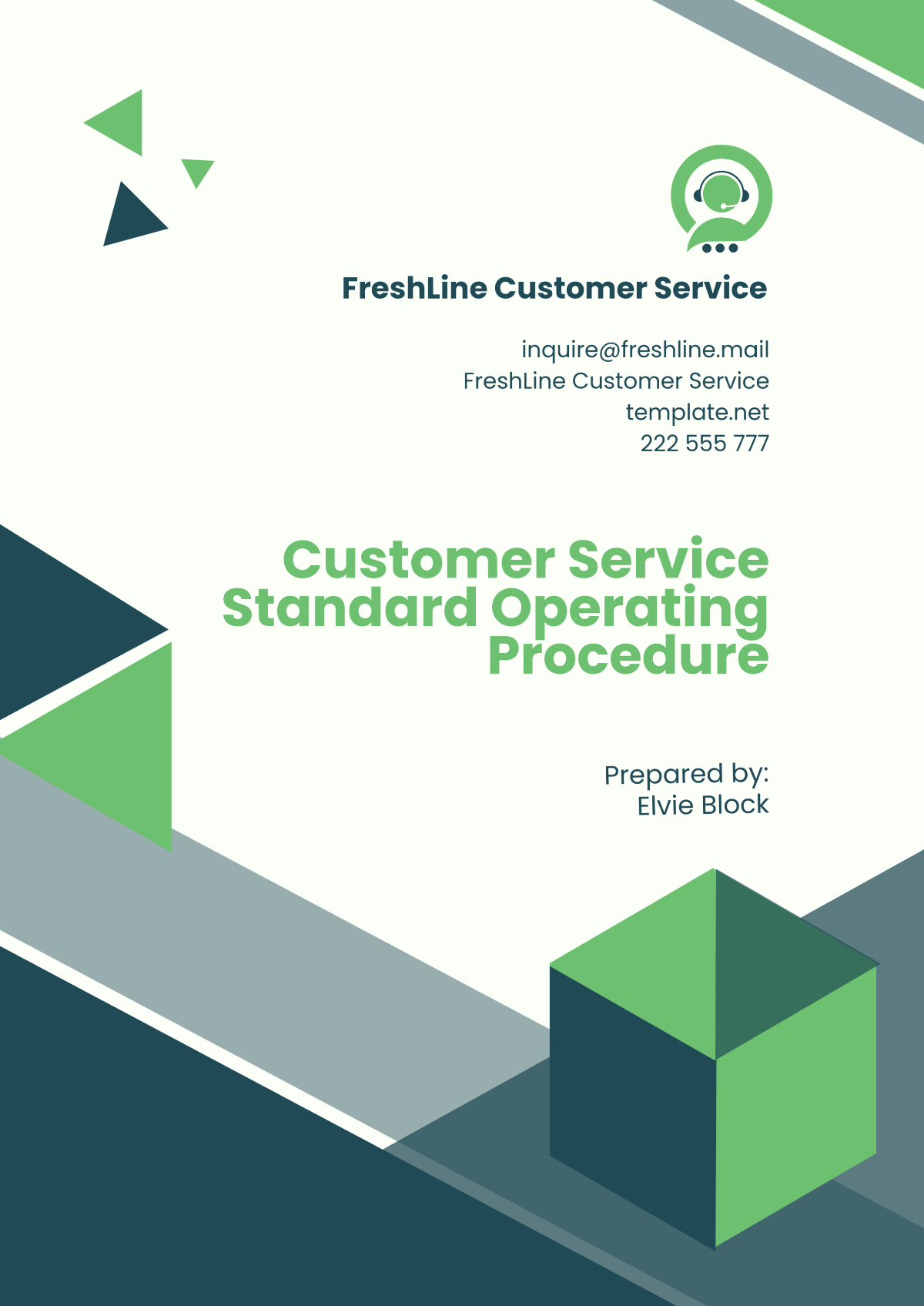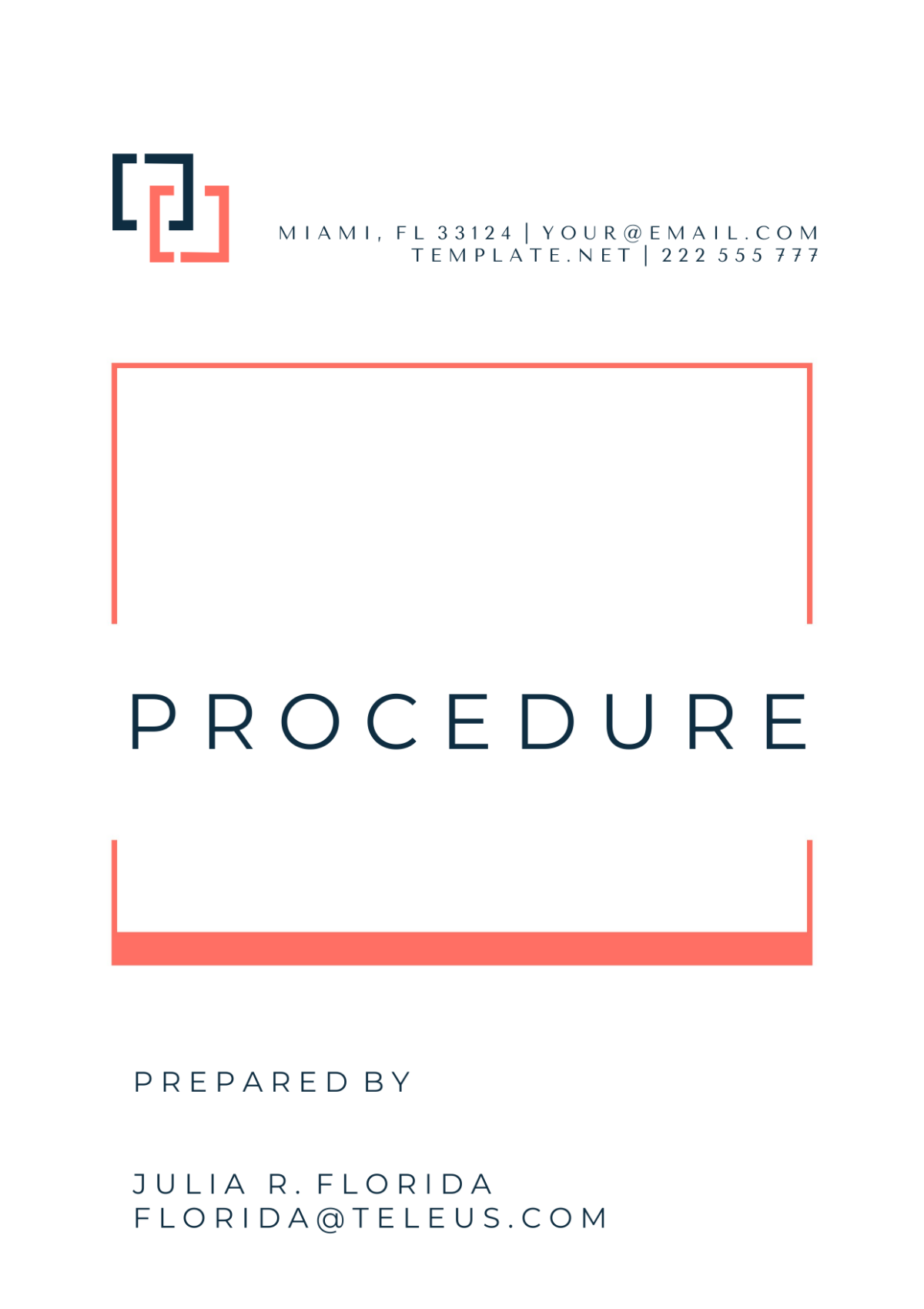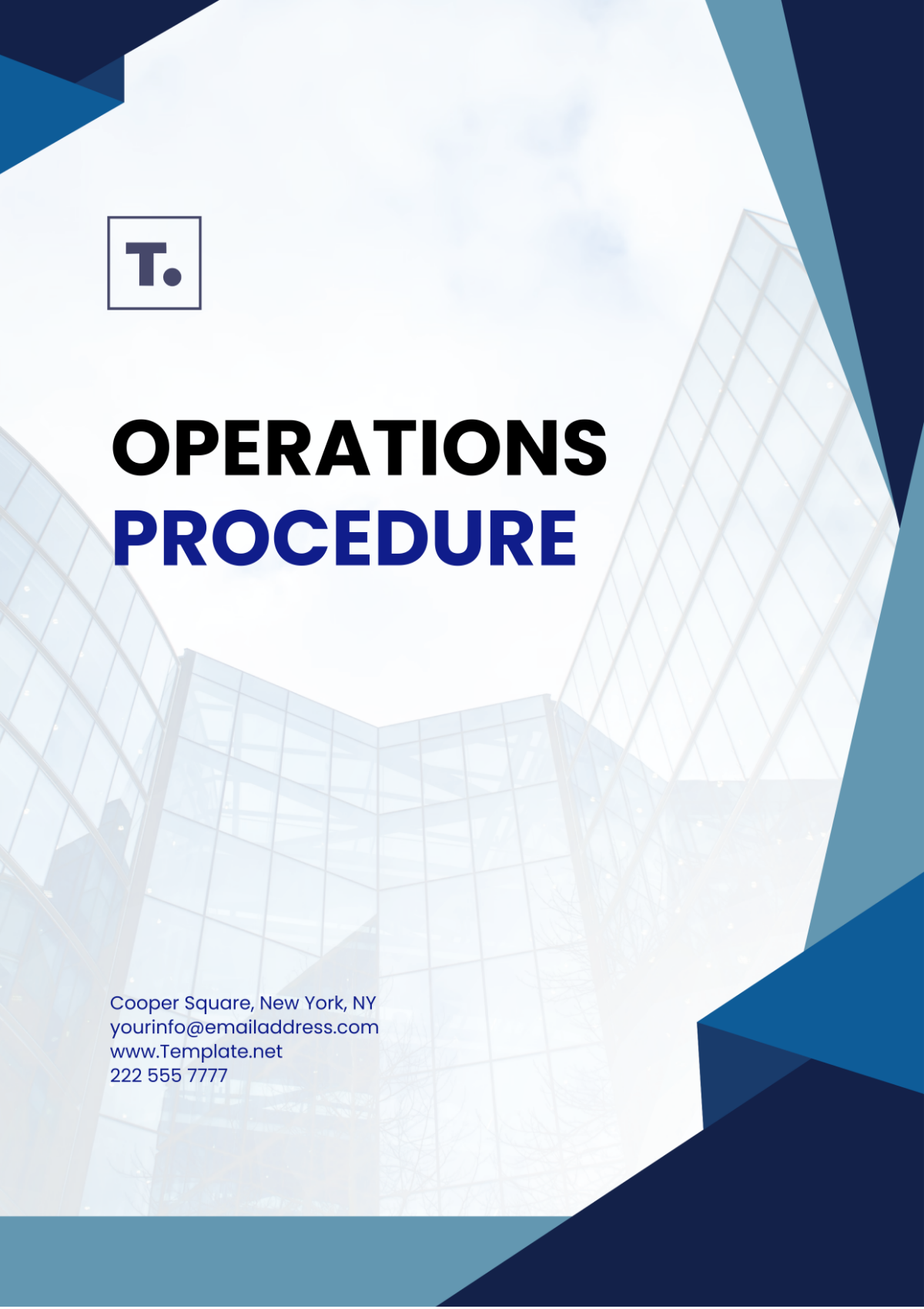Architecture Complaints Procedure
I. Introduction
A. Purpose of the Complaints Procedure
The purpose of this Complaints Procedure is to provide a clear, transparent, and efficient process for handling complaints at [Your Company Name]. We are committed to delivering the highest standards of service and quality in all our architectural projects. However, we recognize that there may be occasions when clients, contractors, or other stakeholders feel dissatisfied with some aspect of our work. This procedure ensures that all complaints are dealt with fairly, promptly, and consistently, with the aim of resolving issues to the satisfaction of all parties involved.
B. Scope of the Procedure
This procedure applies to all complaints received by [Your Company Name], an architecture company, regardless of the nature of the complaint. It covers complaints from clients, contractors, partners, employees, and other stakeholders. The scope includes but is not limited to:
Service delivery issues
Quality of architectural designs and projects
Professional conduct of our staff
Any other matter that may affect our stakeholders
C. Definition of a Complaint
A complaint is any expression of dissatisfaction, whether oral or written, and whether justified or not, from a client, contractor, partner, employee, or other stakeholders, related to the provision of our services, the behavior of our staff, or any other aspect of our operations.
II. Types of Complaints
A. Service-Related Complaints
Service-related complaints involve issues with the level of service provided by [Your Company Name]. This can include delays in project timelines, inadequate communication, lack of responsiveness, or any perceived shortfall in the service expectations set forth in our agreements.
B. Product-Related Complaints
Product-related complaints pertain to the architectural designs, plans, and final constructions delivered by our company. These complaints may involve perceived flaws in design, non-compliance with agreed specifications, structural issues, or any other aspect related to the end product delivered by [Your Company Name].
C. Staff Behavior Complaints
Complaints about staff behavior include any issues related to the conduct, professionalism, and interactions of our employees. This can encompass inappropriate behavior, unprofessionalism, lack of courtesy, or any other concerns regarding our team’s conduct.
D. Other Types of Complaints
This category includes any other complaints not specifically covered under service-related, product-related, or staff behavior complaints. This can include issues with our processes, policies, or any other aspect of our operations that may cause dissatisfaction.
III. Complaint Submission Process
A. How to File a Complaint
In-Person
Clients and stakeholders can file a complaint in person by visiting our office during working hours. A dedicated staff member will be available to assist with documenting the complaint and ensuring it is logged into our system.
Email
Complaints can be submitted via email to our dedicated complaints address: [Your Company Email]. We encourage complainants to provide as much detail as possible to help us understand and address the issue effectively.
Phone
Complaints can also be filed by calling our customer service hotline at [Your Company Number]. Our representatives are trained to handle complaints and will ensure that the details are recorded accurately and promptly.
Online Form
An online complaint form is available on our website at [Your Company Website]. This form allows complainants to provide detailed information about their issues and submit any supporting documents. The form is designed to be user-friendly and accessible.
B. Required Information for Submission
To ensure a thorough investigation, we request the following information when submitting a complaint:
Complainant’s name and contact details
Details of the complaint, including dates, times, and any relevant documentation
The specific aspect of our service, product, or staff behavior the complaint pertains to
Any previous attempts to resolve the issue
Desired outcome or resolution
C. Confidentiality and Anonymity
[Your Company Name] is committed to maintaining the confidentiality of all complainants. We will ensure that all complaints are handled with the utmost discretion. While anonymous complaints are accepted, they may limit our ability to investigate and resolve the issue fully. We encourage complainants to provide their contact information to facilitate a more comprehensive investigation.
IV. Initial Assessment of Complaints
A. Acknowledgment of Receipt
Upon receipt of a complaint, [Your Company Name] will acknowledge the complaint within two business days. This acknowledgment will be made via the same channel through which the complaint was received unless otherwise specified by the complainant.
B. Preliminary Evaluation
The initial assessment involves a preliminary evaluation to determine the nature and severity of the complaint. This evaluation helps in categorizing the complaint and deciding the appropriate course of action.
C. Categorization of Complaints
Complaints will be categorized into the following types for better management and resolution:
Complaint Type | Description | Examples |
|---|---|---|
Service-Related | Issues related to service delivery | Delays in project timelines, inadequate communication |
Product-Related | Issues related to architectural designs and final products | Flaws in design, non-compliance with specifications |
Staff Behavior | Issues related to staff conduct | Unprofessional behavior, lack of courtesy |
Other | Issues not covered in other categories | Process-related issues, policy concerns |
D. Assigning a Complaint Handler
Each complaint will be assigned to a designated complaint handler based on the category and complexity of the issue. The handler will be responsible for conducting a thorough investigation and ensuring a timely resolution.
V. Investigation Process
A. Gathering Information and Evidence
The investigation process involves collecting all relevant information and evidence related to the complaint. This may include:
Reviewing project files, contracts, and communication logs
Interviewing the complainant and any involved parties
Inspecting any physical evidence, such as construction sites or design documents
The goal is to gather a comprehensive understanding of the issue to facilitate an effective resolution.
B. Interviewing Relevant Parties
As part of the investigation, we will interview all relevant parties, including the complainant, staff members involved, and any witnesses. These interviews will be conducted in a professional and respectful manner, ensuring that all perspectives are considered.
C. Documentation of Findings
All findings from the investigation will be thoroughly documented. This documentation will include:
A summary of the complaint
Details of the evidence gathered
Summaries of interviews conducted
Any other relevant information
This documentation will be used to inform the resolution process and will be kept confidential.
D. Timeframe for Investigation
[Your Company Name] aims to complete the investigation of all complaints within 15 business days of receipt. If the investigation is expected to take longer, we will inform the complainant of the delay and provide an estimated completion date.
VI. Resolution and Response
A. Determining the Outcome
Based on the findings from the investigation, the complaint handler will determine the appropriate outcome. This process involves a careful analysis of the evidence, the nature of the complaint, and the desired resolution stated by the complainant. Factors considered include:
Severity and impact of the issue
Evidence supporting the complaint
Previous similar complaints
Potential implications for the company’s operations and reputation
The objective is to ensure a fair and just resolution that addresses the complainant’s concerns and upholds [Your Company Name]'s standards.
B. Communicating the Decision
Once a decision has been made, it will be communicated to the complainant in a clear and comprehensive manner. This communication includes:
A summary of the complaint
An outline of the investigation process
Findings and evidence supporting the decision
Detailed explanation of the resolution
The communication will be made via the complainant’s preferred method (email, phone, in-person meeting) and will include contact information for any further queries.
C. Possible Resolutions
Possible resolutions to complaints may vary depending on the nature and severity of the issue. Some potential resolutions include:
Apology: A formal apology acknowledging the issue and expressing regret for any inconvenience caused.
Correction of Error: Steps taken to rectify any mistakes, such as redesigning an element of a project or revisiting a plan.
Disciplinary Action: If the complaint involves staff behavior, appropriate disciplinary action may be taken, which could include additional training, warnings, or other measures.
Policy Changes: Implementation of new policies or revision of existing ones to prevent future occurrences of similar issues.
Compensation: In certain cases, compensation may be offered, either in the form of financial reimbursement or additional services.
Resolution Type | Description | Examples |
|---|---|---|
Apology | A formal expression of regret | Written apology letter |
Correction of Error | Rectifying mistakes or flaws | Redesign of a project element |
Disciplinary Action | Measures taken against staff | Staff training, warnings |
Policy Changes | Implementing new or revised policies | Updated communication protocols |
Compensation | Offering financial reimbursement or additional services | Refunds, complimentary service |
VII. Follow-Up and Monitoring
A. Ensuring Implementation of Resolutions
After a resolution has been communicated, it is crucial to ensure that the agreed-upon actions are implemented effectively and promptly. This may involve:
Regular follow-ups with the responsible team or individual to track progress
Verification of the implementation through inspections or reviews
Confirmation from the complainant that the resolution has been satisfactorily implemented
B. Monitoring Recurrence of Issues
To prevent similar complaints in the future, [Your Company Name] will monitor for any recurrence of the issues. This involves:
Reviewing complaint trends and identifying common themes
Implementing preventive measures based on analysis
Regularly updating procedures and policies to address recurring issues
C. Feedback Mechanism for Complainant
A feedback mechanism will be established to gather the complainant’s input on the handling of their complaint. This can be done through:
Follow-up surveys or questionnaires
Direct feedback during follow-up communications
An anonymous feedback form available on our website
The feedback collected will be used to improve our complaints procedure and overall service quality.
VIII. Appeals Process
A. Grounds for Appeal
Complainants have the right to appeal the decision if they are not satisfied with the outcome. Grounds for appeal may include:
Perceived unfairness in the decision-making process
New evidence that was not considered during the initial investigation
Dissatisfaction with the resolution provided
B. How to File an Appeal
To file an appeal, the complainant should submit a written request outlining the reasons for the appeal and any additional evidence. Appeals can be submitted via:
Email to the complaints department
An online appeals form available on our website
In-person submission at our office
C. Appeal Review Process
The appeal will be reviewed by a senior member of the management team who was not involved in the original investigation. The review process includes:
Re-examining the initial complaint and the investigation findings
Considering any new evidence or information provided
Conducting additional investigations if necessary
D. Final Decision
The final decision on the appeal will be communicated to the complainant within 10 business days. This decision is final and binding. The communication will include:
An explanation of the appeal review process
The final decision and its rationale
Any further actions to be taken
IX. Record Keeping and Documentation
A. Maintaining Complaint Records
All complaints and their associated documentation will be systematically recorded and maintained in a secure database. This includes:
Complaint submission details
Investigation records and evidence
Correspondence with the complainant
Final resolution and follow-up actions
B. Privacy and Data Protection
[Your Company Name] is committed to protecting the privacy of all complainants. All complaint records will be stored in compliance with data protection laws and will only be accessible to authorized personnel. Personal data will be used solely for the purpose of investigating and resolving complaints.
C. Reporting and Analysis
Regular reports will be generated to analyze complaint trends and identify areas for improvement. These reports will include:
Number and types of complaints received
Resolution times and outcomes
Recurrence of issues
Feedback from complainants
The insights gained from these reports will be used to enhance our services and prevent future complaints.
X. Continuous Improvement
A. Analyzing Complaint Trends
An important aspect of continuous improvement is the regular analysis of complaint trends. This involves:
Identifying common issues and patterns
Understanding the root causes of recurring complaints
Implementing changes to address these root causes
B. Implementing Preventive Measures
Based on the analysis of complaint trends, [Your Company Name] will implement preventive measures such as:
Revising procedures and policies
Enhancing staff training programs
Improving communication channels with clients and stakeholders
C. Reviewing and Updating the Complaints Procedure
The complaints procedure will be reviewed regularly to ensure it remains effective and relevant. This review will consider feedback from complainants, staff, and any changes in regulations or industry standards. Updates will be made as necessary to enhance the procedure.
XI. Communication and Training
A. Informing Staff About the Procedure
All staff members will be informed about the complaints procedure and their roles in handling complaints. This will be achieved through:
Staff meetings and briefings
Distribution of the complaints procedure document
Regular updates and reminders
B. Training Staff on Handling Complaints
Comprehensive training programs will be conducted to equip staff with the skills needed to handle complaints effectively. Training will cover:
Understanding the complaints procedure
Effective communication skills
Conflict resolution techniques
Documentation and record-keeping practices
C. Publicizing the Complaints Procedure to Clients
To ensure clients and stakeholders are aware of the complaints procedure, [Your Company Name] will:
Publish the procedure on our website
Include information about the complaints process in client contracts and project documentation
Display information in our office reception area
XII. Conclusion
A. Commitment to Addressing Complaints
[Your Company Name] is dedicated to addressing all complaints in a fair, timely, and effective manner. Our complaints procedure is designed to ensure transparency, accountability, and continuous improvement in our services.
B. Contact Information for Further Assistance
For further assistance or to submit a complaint, please contact us at:
Email: [Your Company Email]
Phone: [Your Company Number]
Address: [Your Company Address]
Our team is here to assist you and ensure that your concerns are addressed promptly and satisfactorily.
